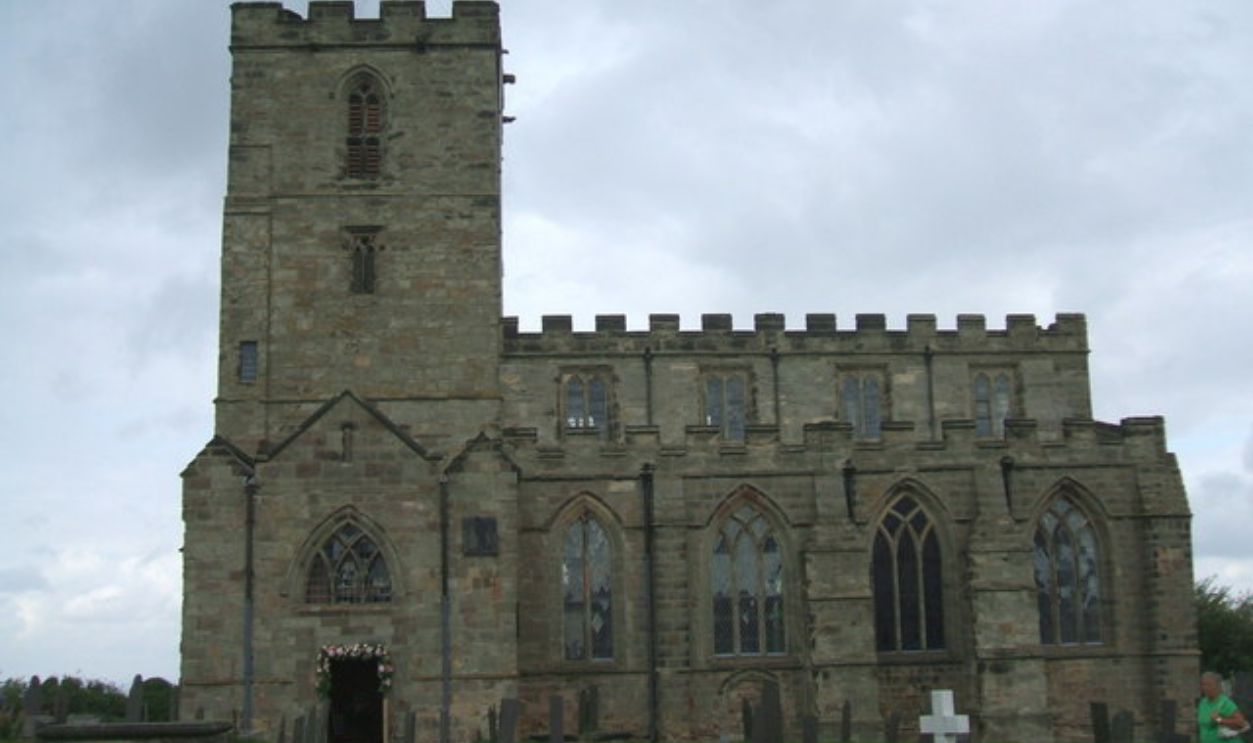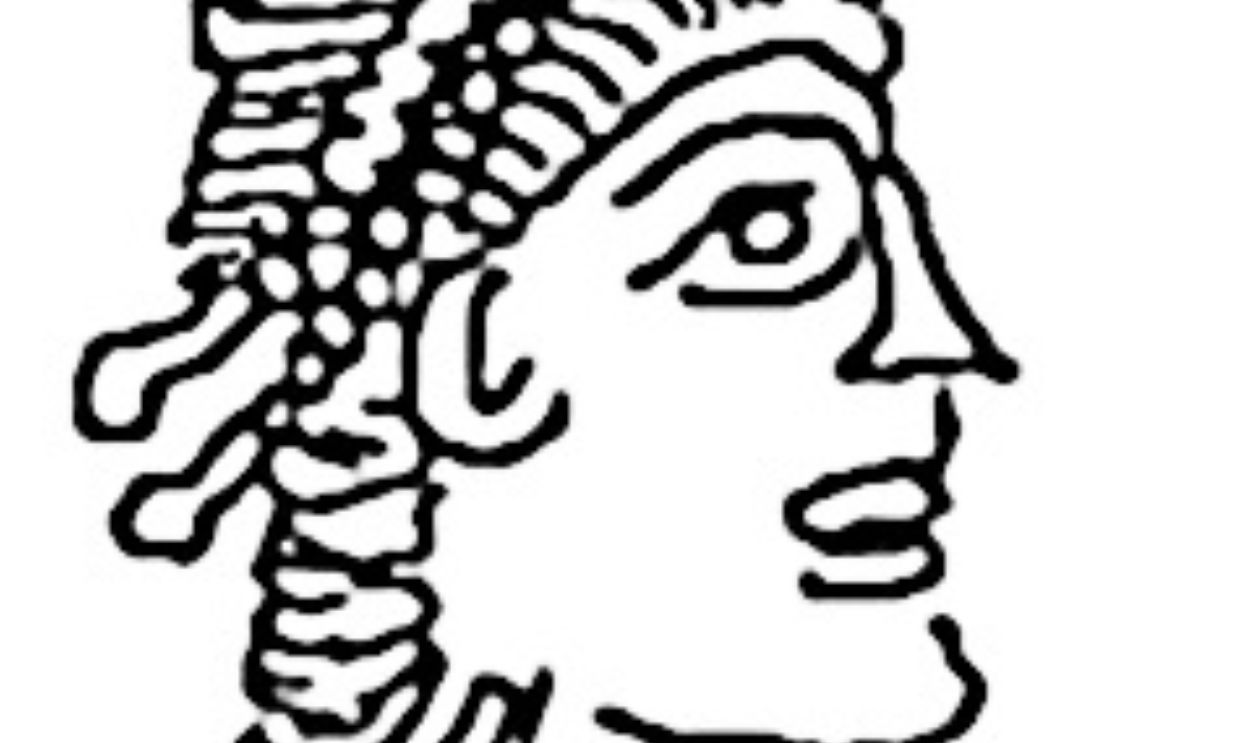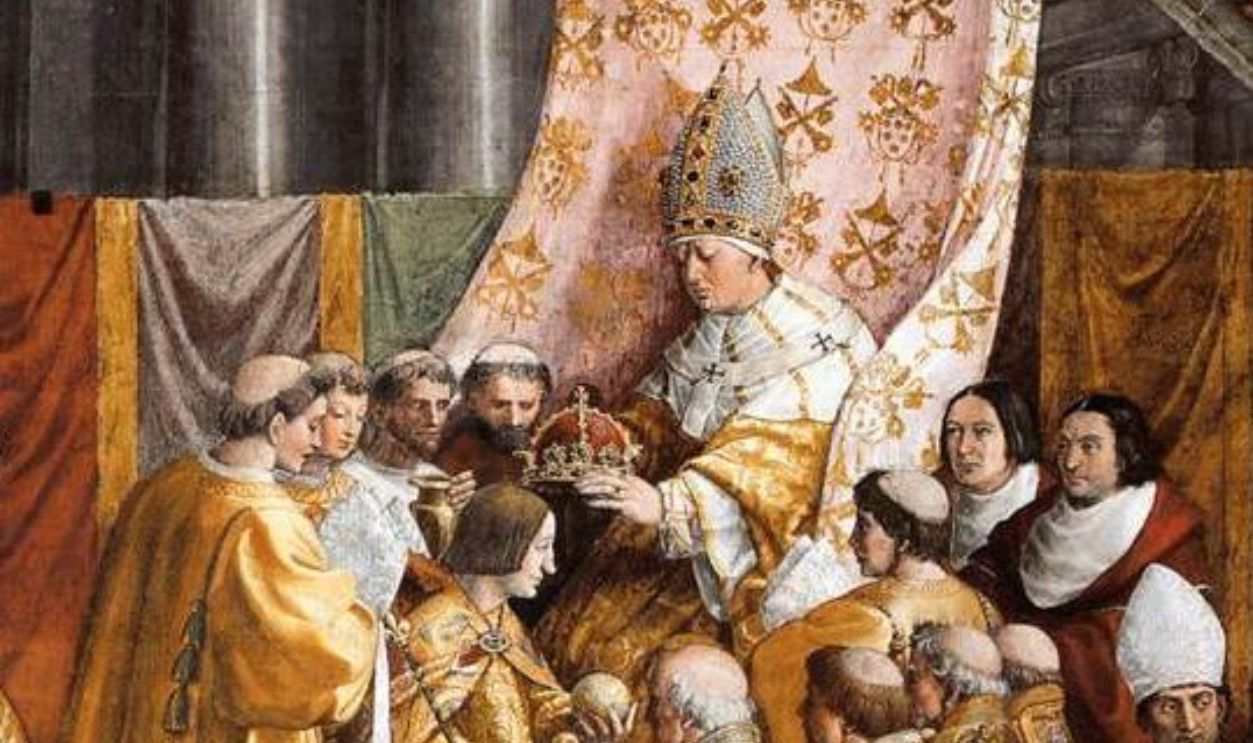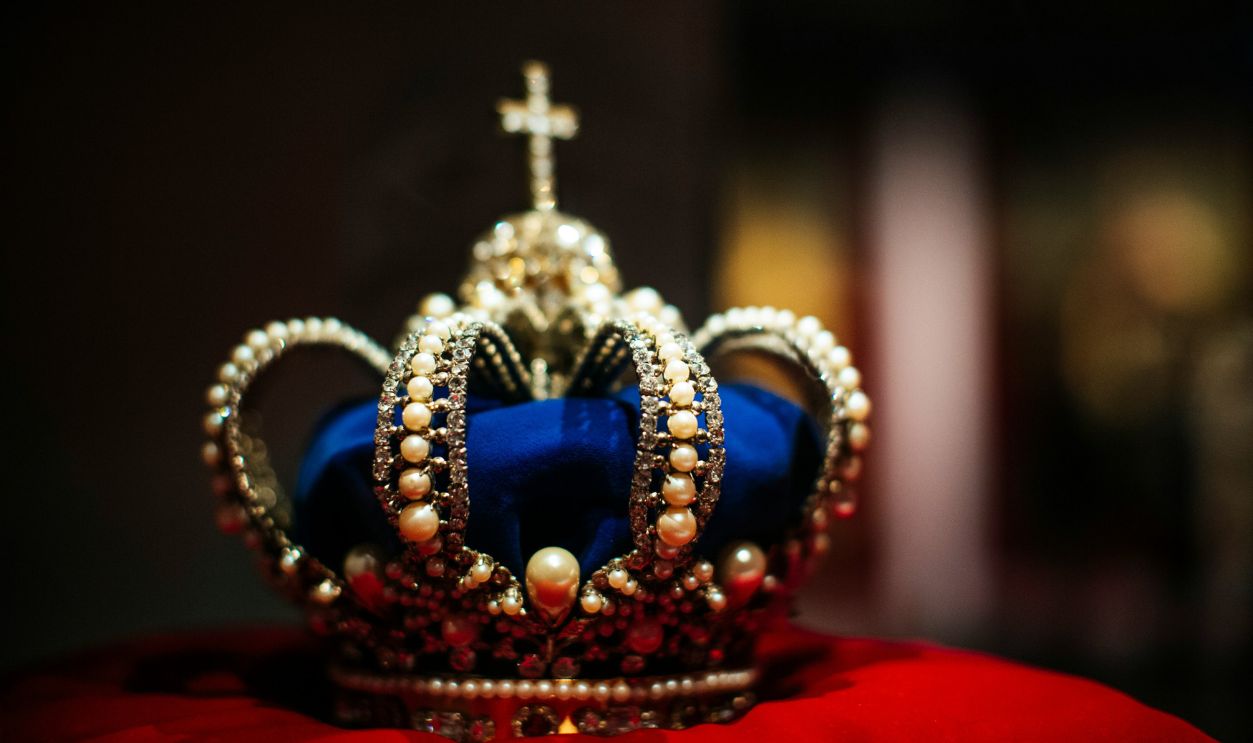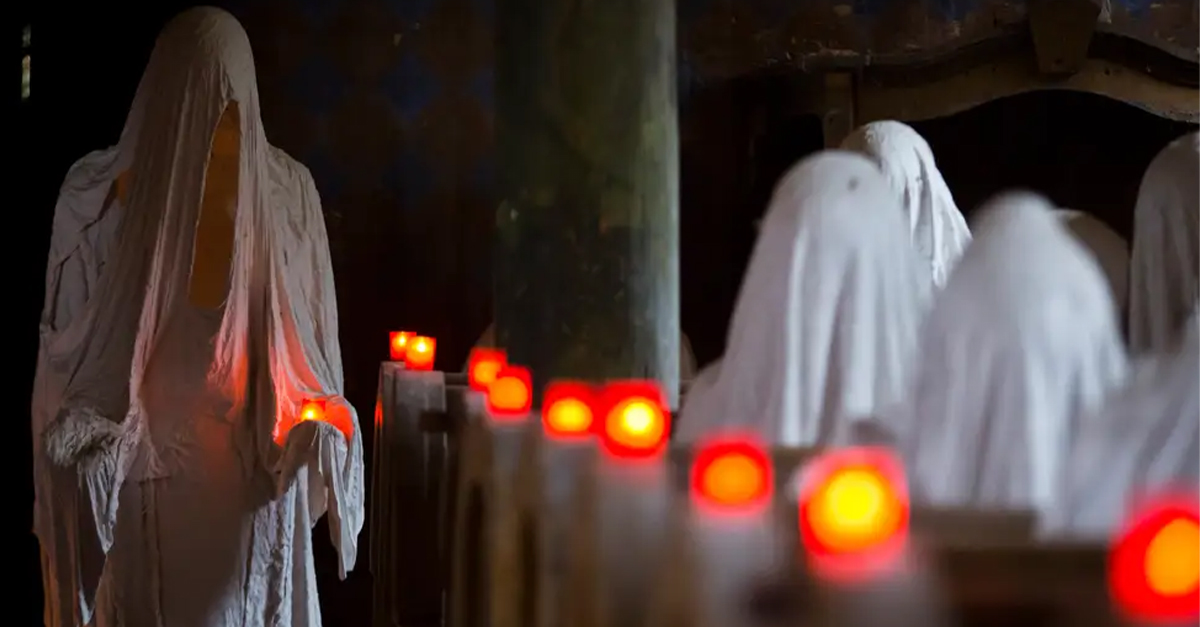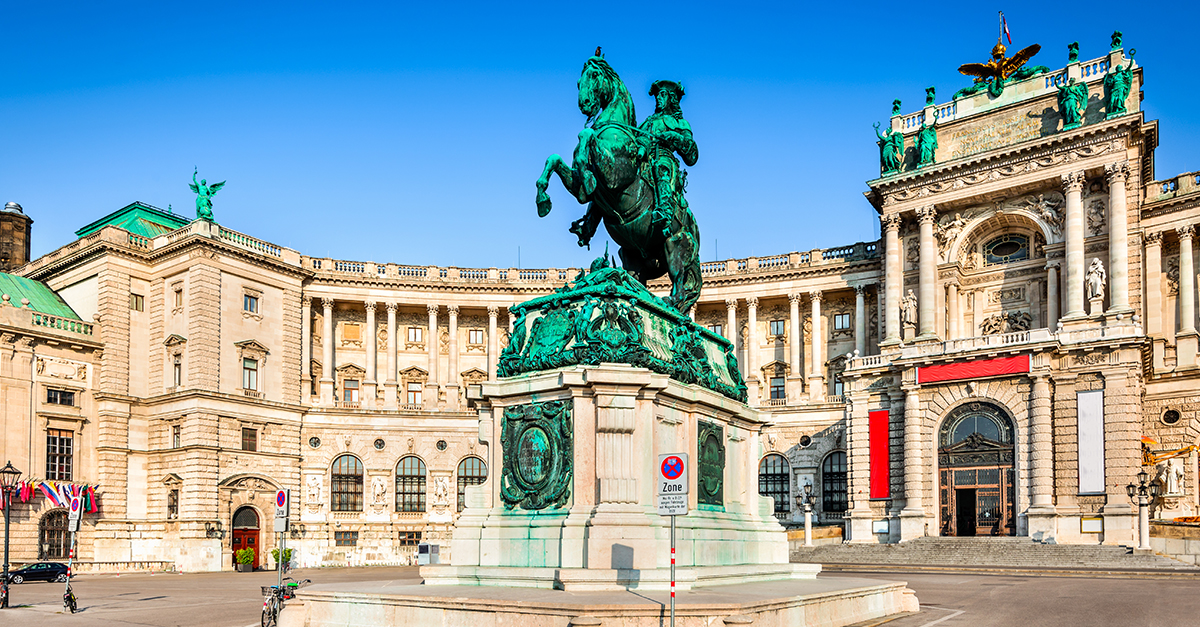Exploring A Medieval Transformation From King To Saint
History remembers kings for their battles and alliances, but few have a story as unusual as Eardwulf of Northumbria. Once a powerful monarch, he was overthrown only to reappear years later in an unexpected place.
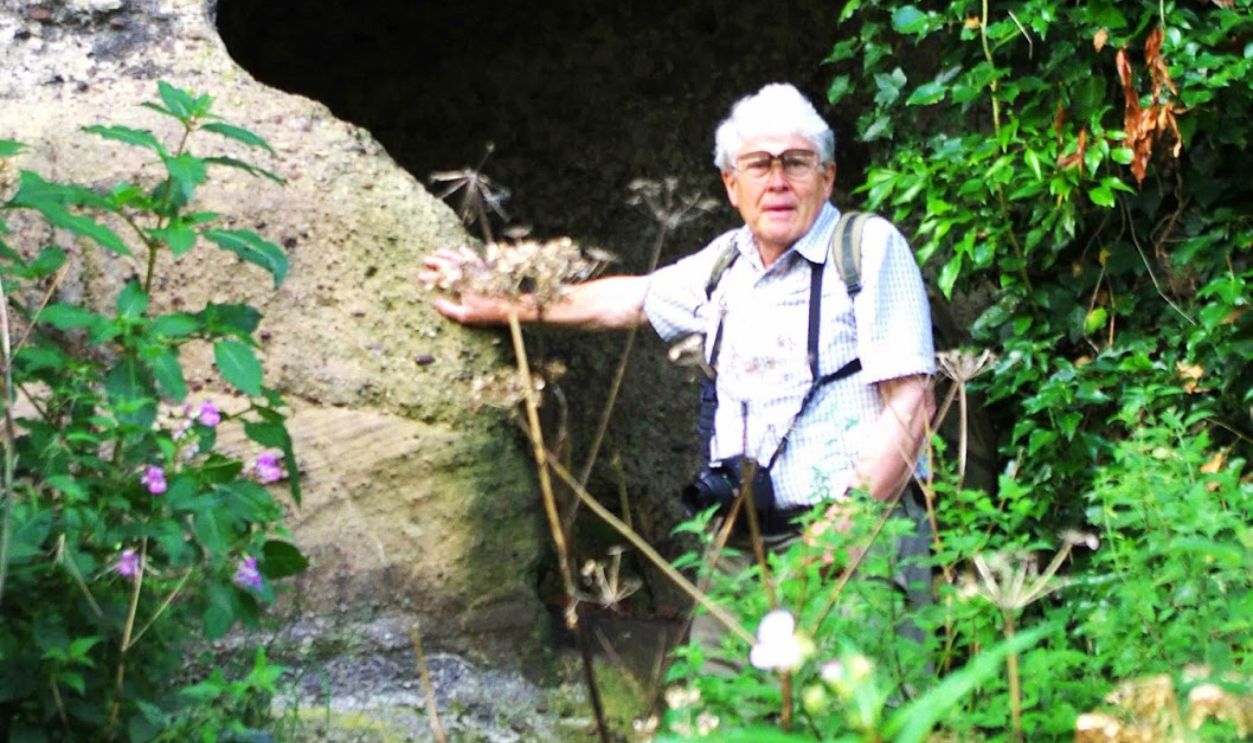
Discovery Of A Royal Refuge
In 2021, archaeologists from the Royal Agricultural University and Wessex Archaeology conducted a survey of Anchor Church Caves, located near Ingleby in Derbyshire, England. The research led by Edmund Simons revealed that the cave house, previously believed to be an 18th-century folly, turned out to be something else.
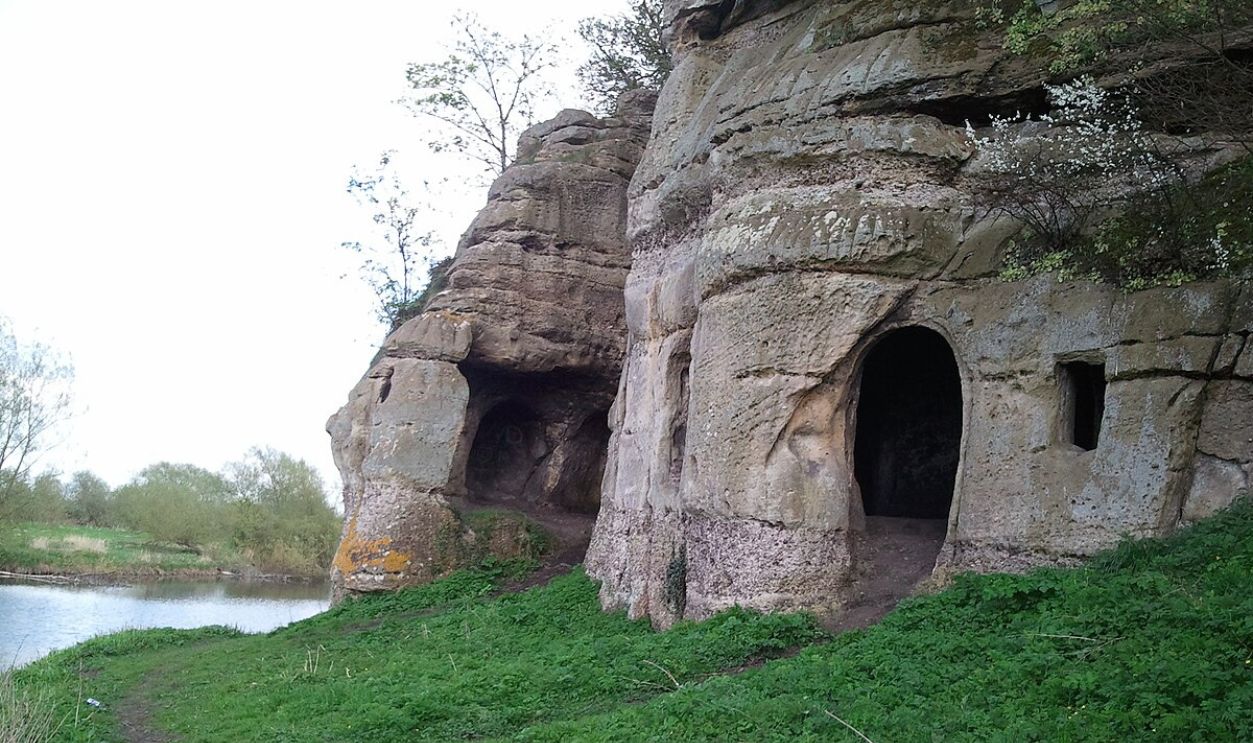 PilgrimChris, CC BY-SA 2.0, Wikimedia Commons
PilgrimChris, CC BY-SA 2.0, Wikimedia Commons
That Dates Back Much Earlier
Dating back to the early ninth century, this finding suggests that the caves served as a residence for the exiled Anglo-Saxon King Eardwulf of Northumbria, who later became known as St Hardulph. This stunning discovery sheds light on a mysterious period in history.
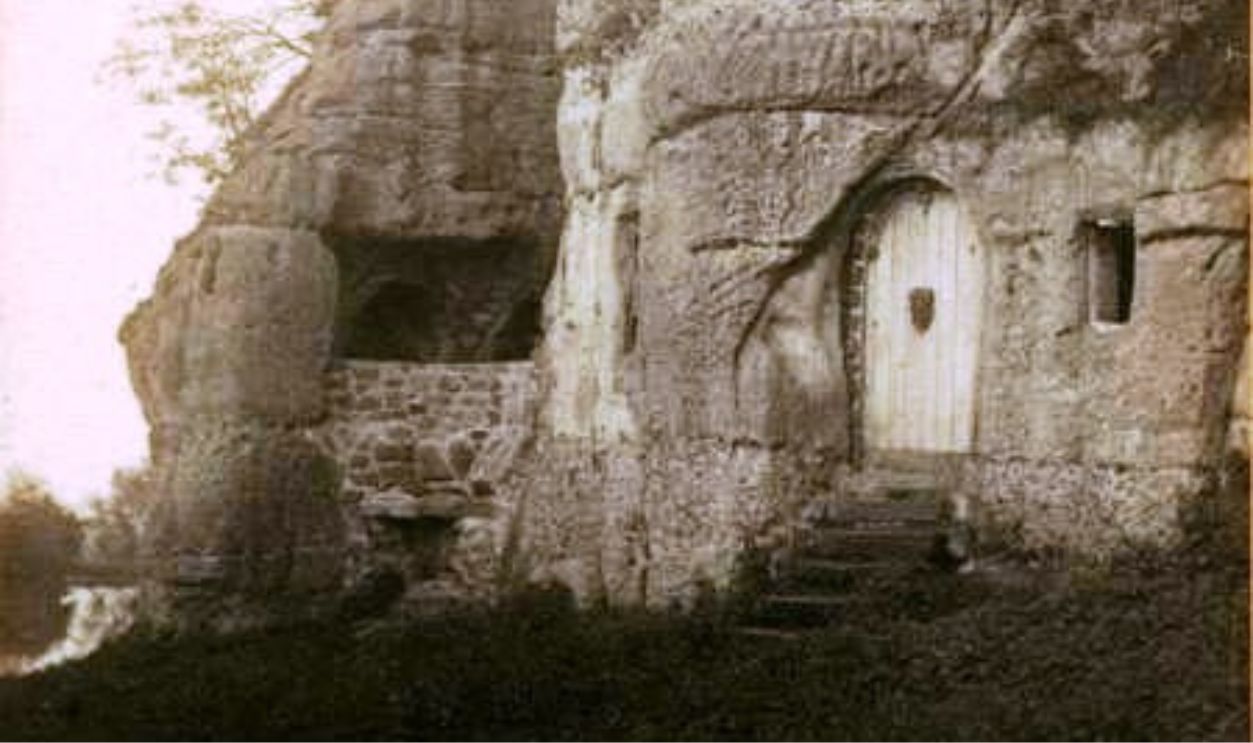 Unknown Author, Wikimedia Commons
Unknown Author, Wikimedia Commons
That Corrects A Misconception
Prior to this discovery, Anchor Church Caves were widely considered an 18th-century structure built primarily for ornamental purposes or as a whimsical joke. The name "Anchor Church" was thought to derive from the term anchorite, which refers to religious hermits.
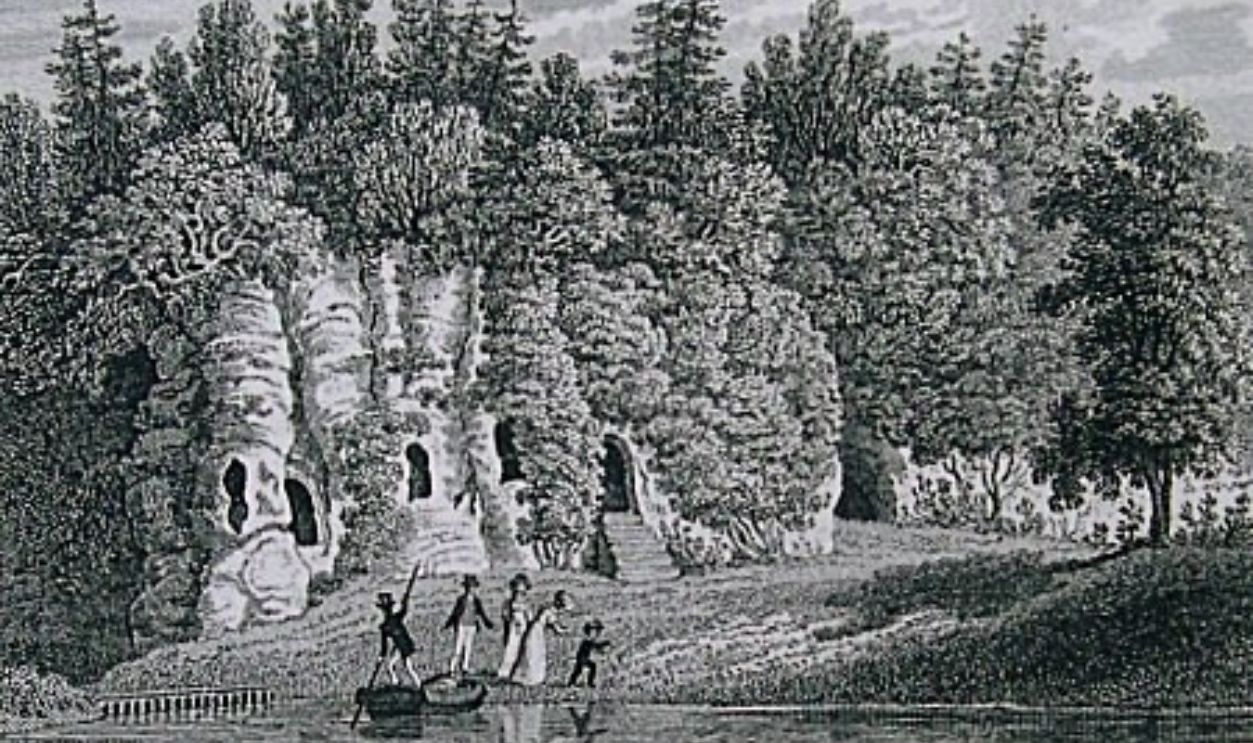 James Sargant Storer and Henry Sargant Storer?, Wikimedia Commons
James Sargant Storer and Henry Sargant Storer?, Wikimedia Commons
With A New Finding
However, Simons’ 2021 archaeological study challenged these earlier misconceptions by identifying architectural features consistent with Anglo-Saxon design. The narrow doorways and windows create a layout typical of early medieval hermitages. Additionally, historical records linked the site to St Hardulph and a king who lived in the early 9th century.
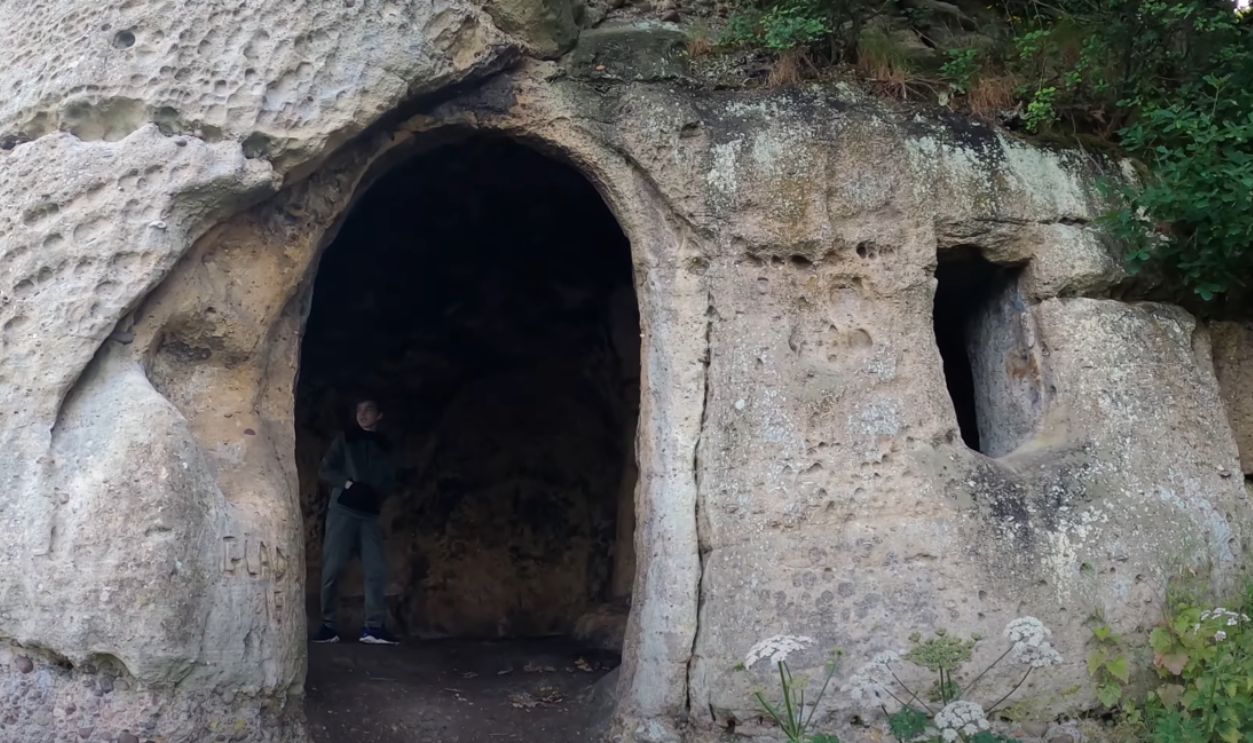 Anchor Church Caves - Ingleby Circular walk by MARK PAGE
Anchor Church Caves - Ingleby Circular walk by MARK PAGE
The Rise And Fall Of A Monarch
Eardwulf ascended to the throne of Northumbria in 796 AD, following a period marked by political instability and frequent changes in leadership. His reign involved ongoing conflicts with neighboring kingdoms and internal disputes among the Northumbrian nobility.
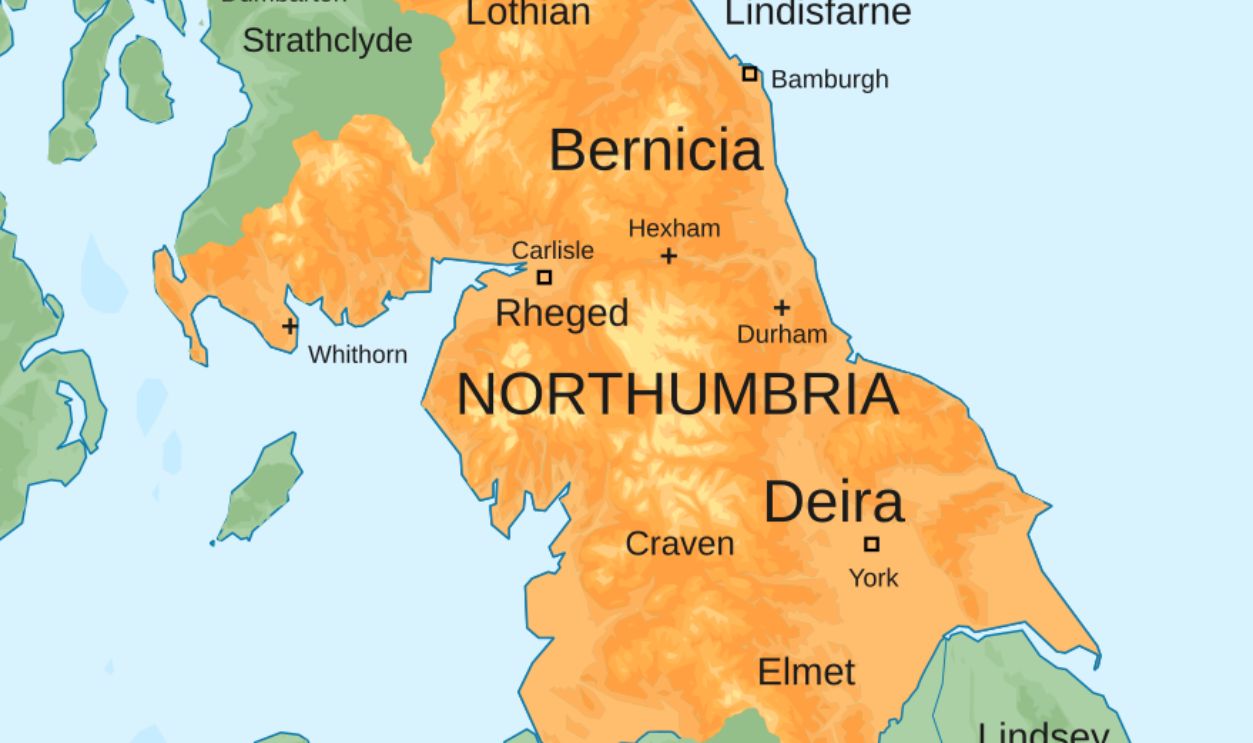 Hogweard, CC BY-SA 4.0, Wikimedia Commons
Hogweard, CC BY-SA 4.0, Wikimedia Commons
In Early Medieval Europe
In 806 AD, Eardwulf was deposed and subsequently went into exile. Historical records indicate that he sought refuge with Charlemagne in Francia and later appealed to Pope Leo III in Rome to help him reclaim his throne.
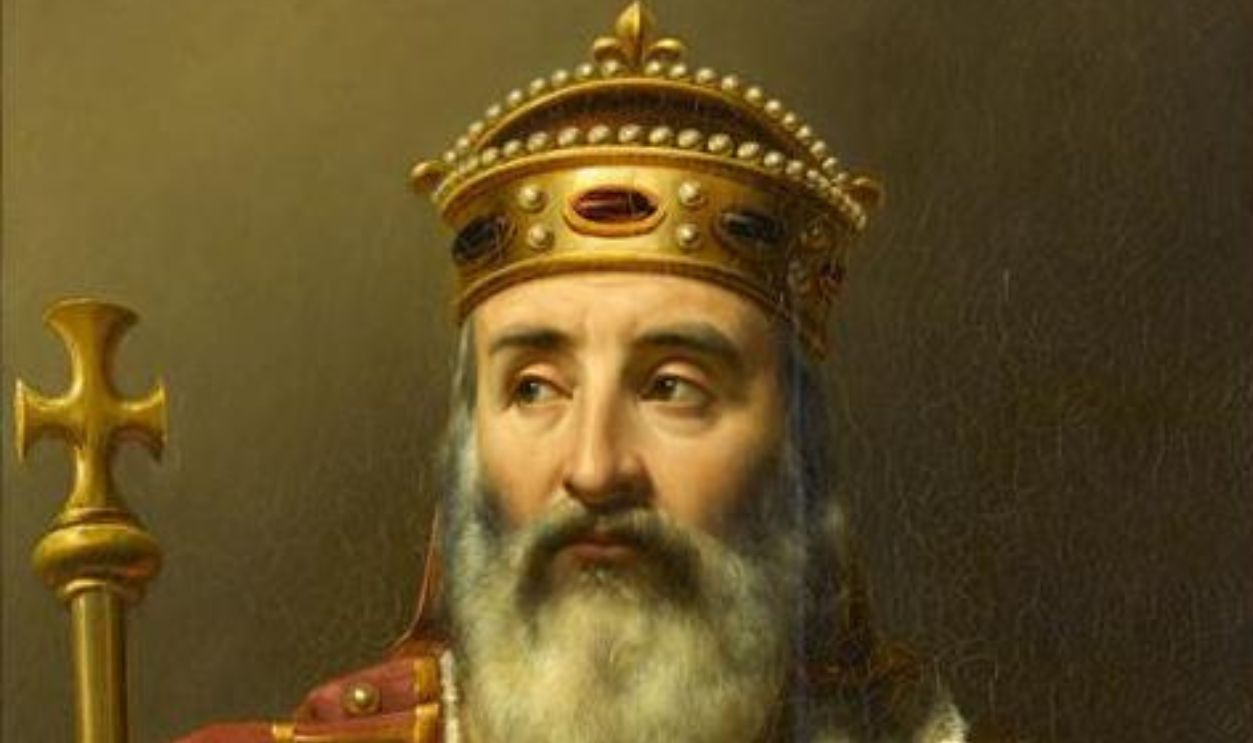 Louis-Félix Amiel, Wikimedia Commons
Louis-Félix Amiel, Wikimedia Commons
About The Life Of A Mysterious King
While some sources suggest he may have briefly regained power, the exact details of his later life remain uncertain. However, interesting sources mention that after his exile, Eardwulf adopted a hermetic lifestyle by residing in the caves now known as Anchor Church.
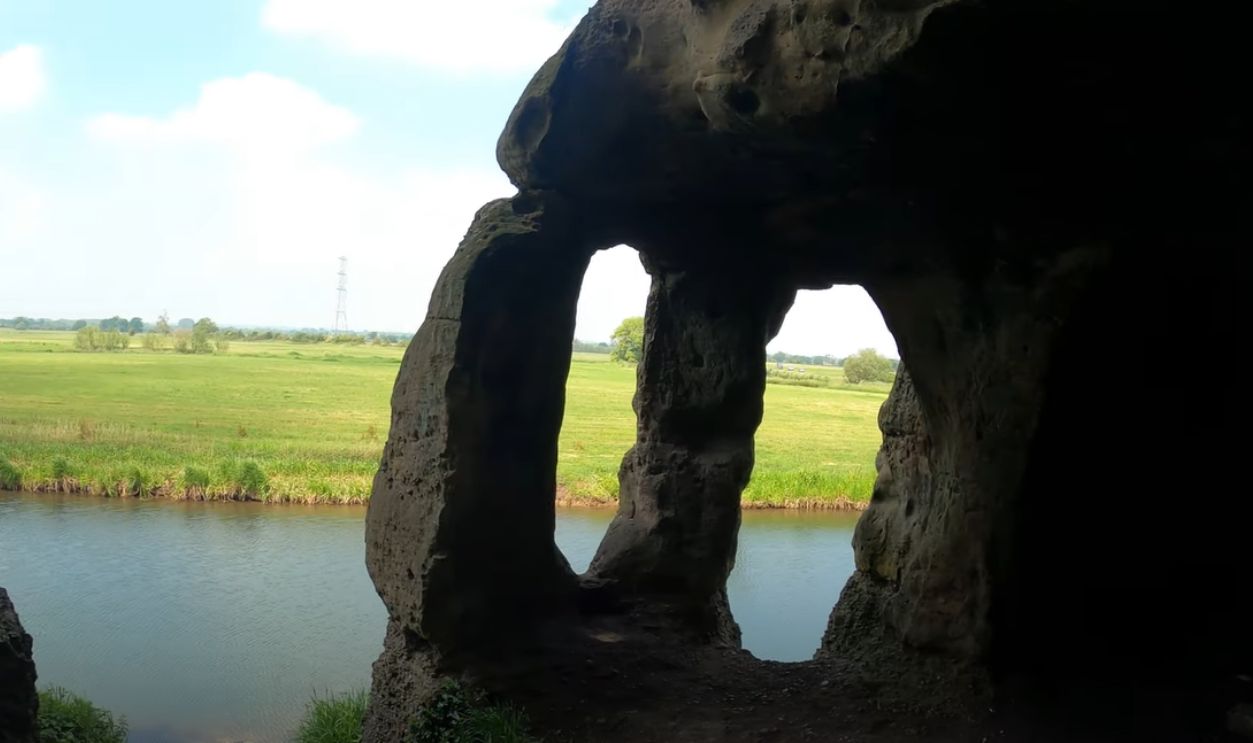 Anchor Church Caves - Ingleby Circular walk by MARK PAGE
Anchor Church Caves - Ingleby Circular walk by MARK PAGE
Turned Saint
Embracing a life of solitude, the former king became known as St Hardulph. The nearby church at Breedon on the Hill is dedicated to St Hardulph, which further cements his legacy in the region. This transformation shows the interaction between politics and religion during the early medieval period.
How Did It All Start?
Eardwulf, son of another Eardwulf, was a Northumbrian nobleman whose early life remains largely undocumented. His first significant appearance in historical records was in 790 AD when King Ethelred I ordered his execution. However, he survived this attempt, which elevated his status and influence within Northumbrian politics.
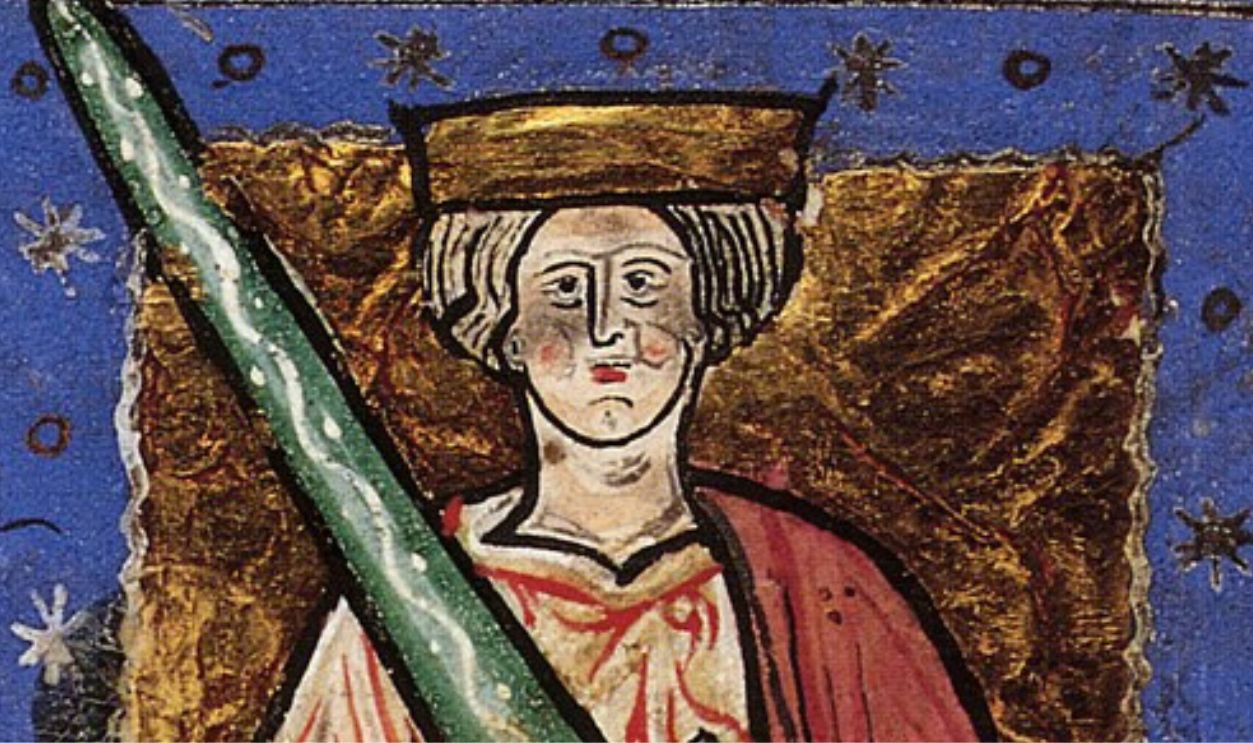 Unknown Author, Wikimedia Commons
Unknown Author, Wikimedia Commons
The Kingdom Of Northumbria
Northumbria was an early medieval kingdom located between Scotland and England. This kingdom was built by uniting two smaller kingdoms. For centuries, conflicts continued as many noblemen and neighboring kings fought for the throne while facing the danger of invaders.
And Its Origins
Both of the northern and southern kingdoms probably had Celtic British roots, but the Germanic settlers conquered them. Despite their unification in the 7th century, history of the kingdom was marked by vicious attempts that sometimes succeeded.
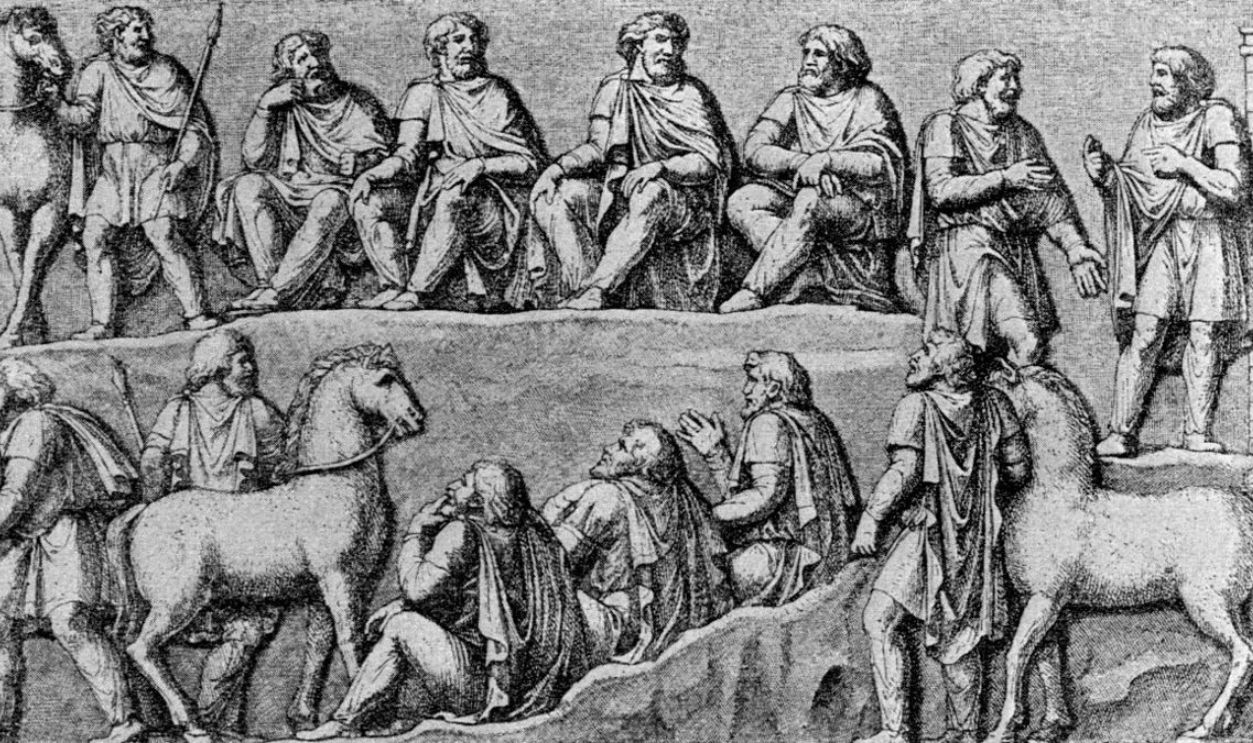 Wolpertinger, Wikimedia Commons
Wolpertinger, Wikimedia Commons
Continuous Struggles
Historians mention that King Ethelred I ordered the elimination of Oswulf I and became king. However, he was later deposed, and he lived in exile. Nevertheless, he returned to the throne and ordered the elimination of Eardwulf and the sons of his successor. Luckily, Eardwulf survived.
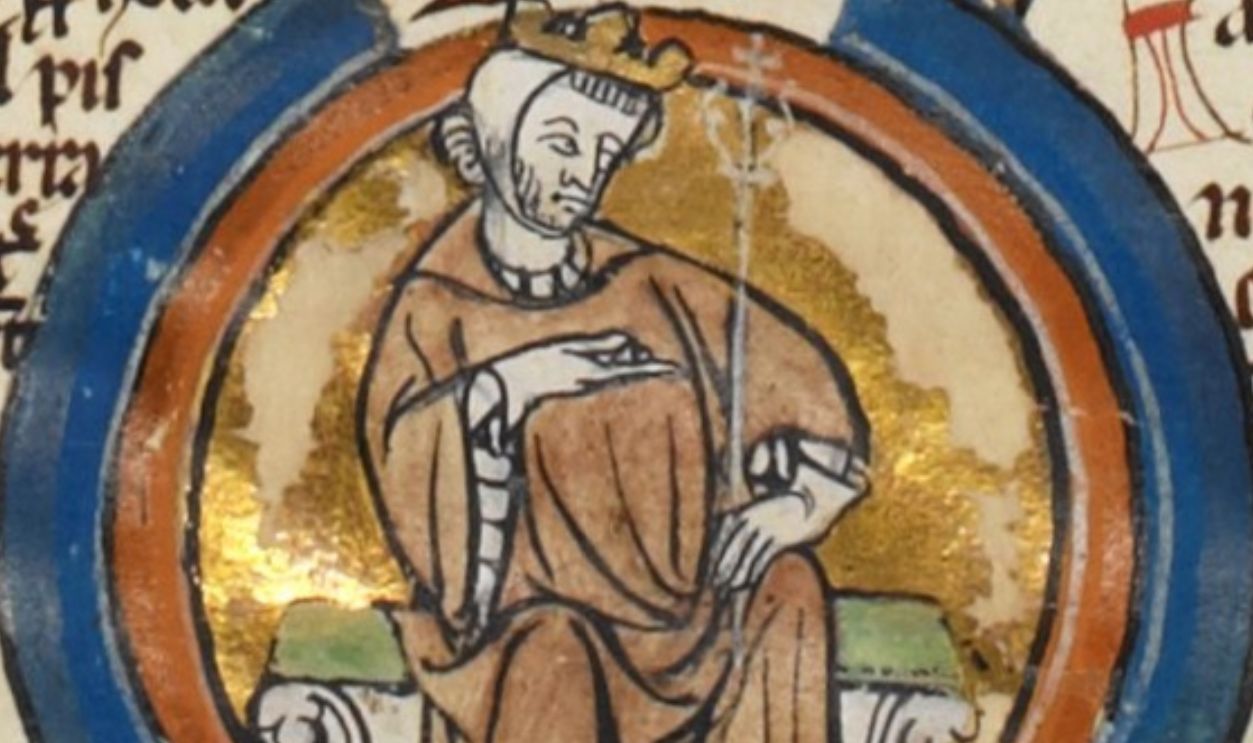 Unknown Author, Wikimedia Commons
Unknown Author, Wikimedia Commons
The Rise To Power
Following Ethelred I’s assassination in 796 AD, Eardwulf ascended to the throne, and his reign over Northumbria began. Many believed that escaping the dark fate planned for him was a sign of divine favor, which made him popular. During the earliest years of his reign, he fought against many noblemen.
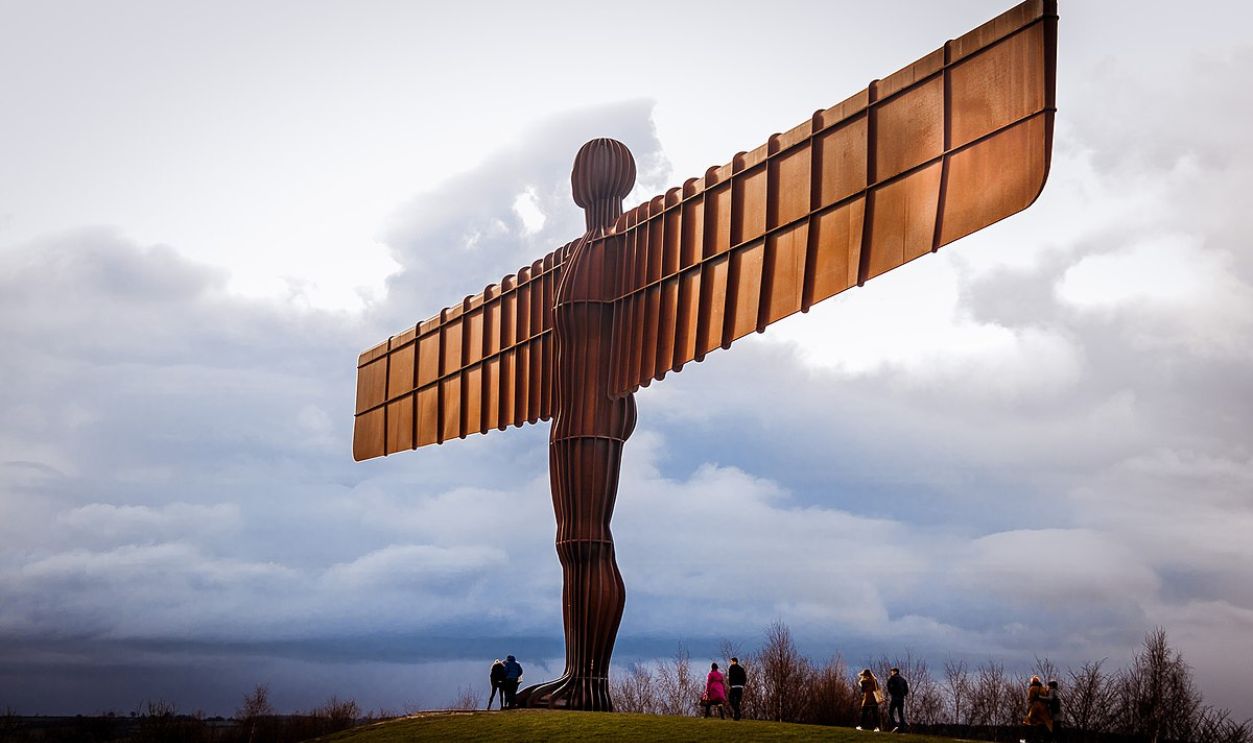 Charliescolourpencil, CC BY-SA 4.0, Wikimedia Commons
Charliescolourpencil, CC BY-SA 4.0, Wikimedia Commons
A Tale Shrouded In Mystery
Little is known about Eardwulf’s family, but historical records show that he was probably married by the time he became king. However, the name of his wife isn’t mentioned. Nevertheless, some documents mention that he married a daughter of King Charlemagne.
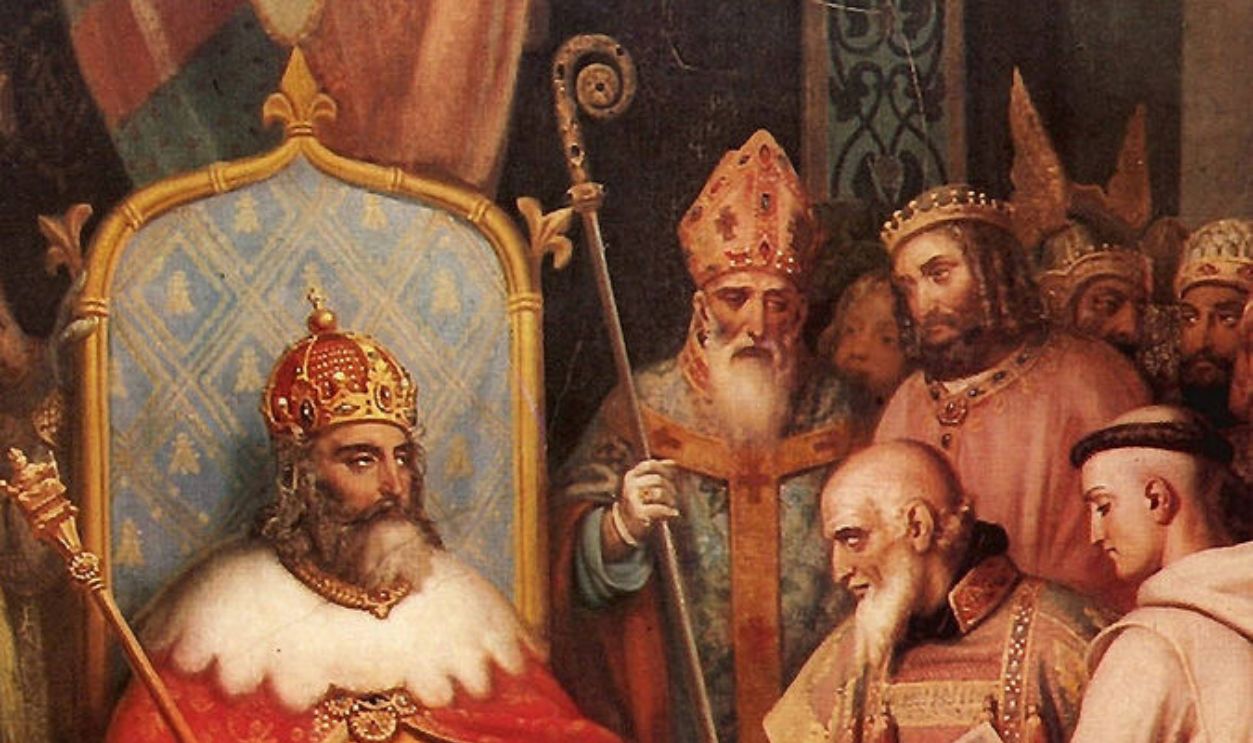 Jean-Victor Schnetz, Wikimedia Commons
Jean-Victor Schnetz, Wikimedia Commons
Coronation At York Minster
Eardwulf’s coronation took place at York Minster, a significant ecclesiastical center in Northumbria, on 25 June 796. This ceremony underscored the alliance between the Northumbrian monarchy and the church, as well as the importance of York as a political and religious hub during that era.
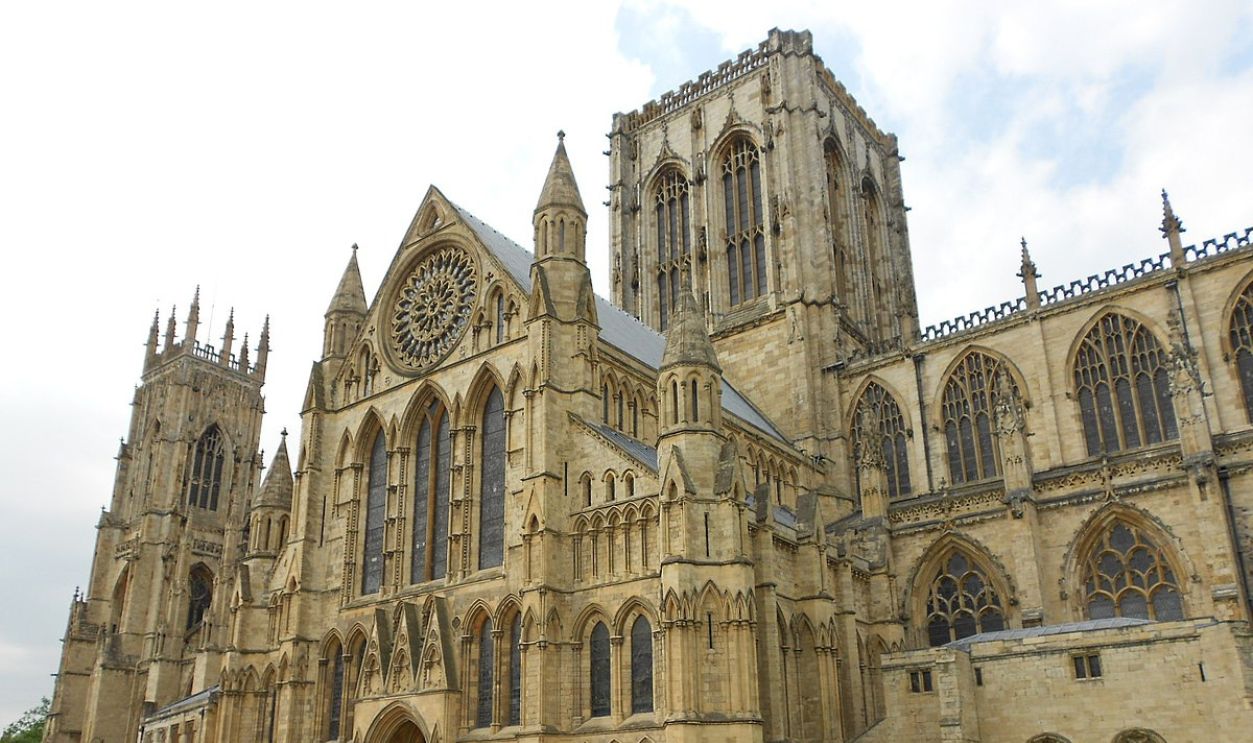 FEGreene, CC0, Wikimedia Commons
FEGreene, CC0, Wikimedia Commons
And A Troubled Reign
Despite becoming king, many noblemen were against him, perhaps to restore Osbald to the throne. In 799, there were more fights where many tried to overthrow him. His disagreements with Coenwulf of Mercia were mentioned in several sources.
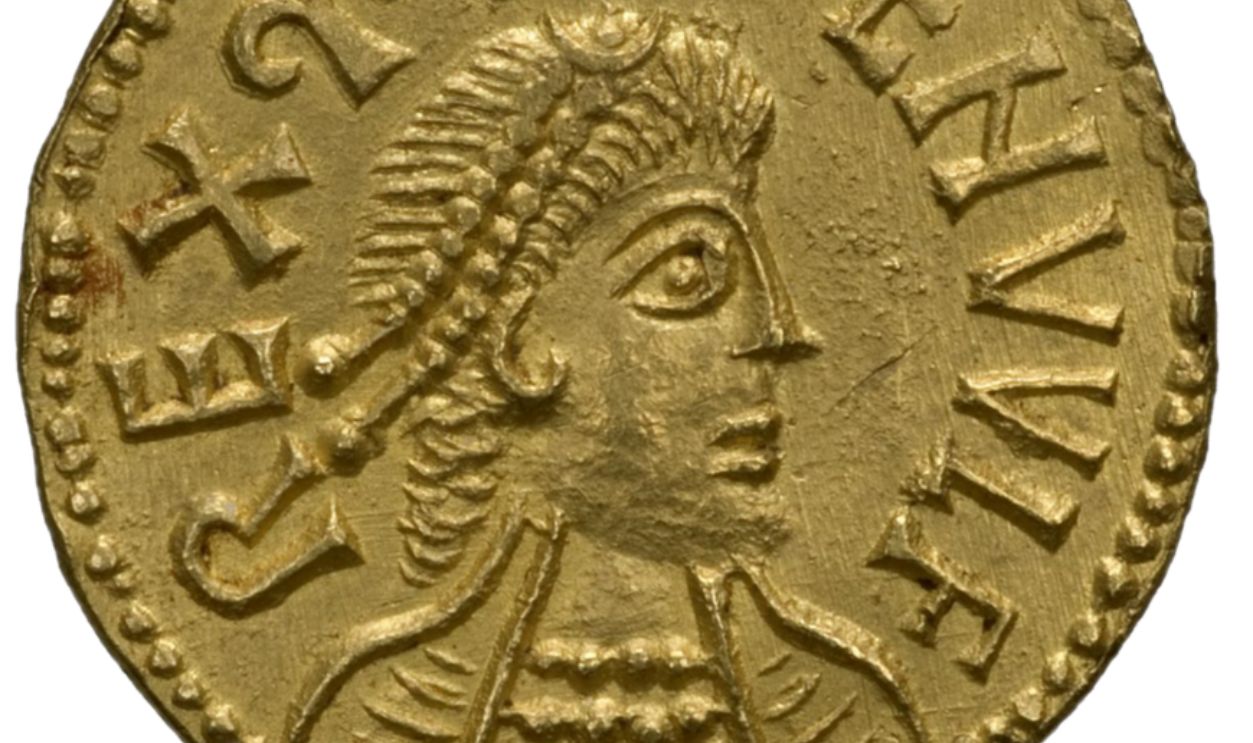 British Museum, Wikimedia Commons
British Museum, Wikimedia Commons
What Led To His Exile?
During his reign, Eardwulf faced internal conflicts, including executing rival nobles such as Moll in 799 AD and Ealhmund, son of King Alhred. In 801 AD, he threatened war against Cenwulf, King of Mercia, accusing him of harboring conspirators. These actions suggest a tumultuous reign with numerous enemies.
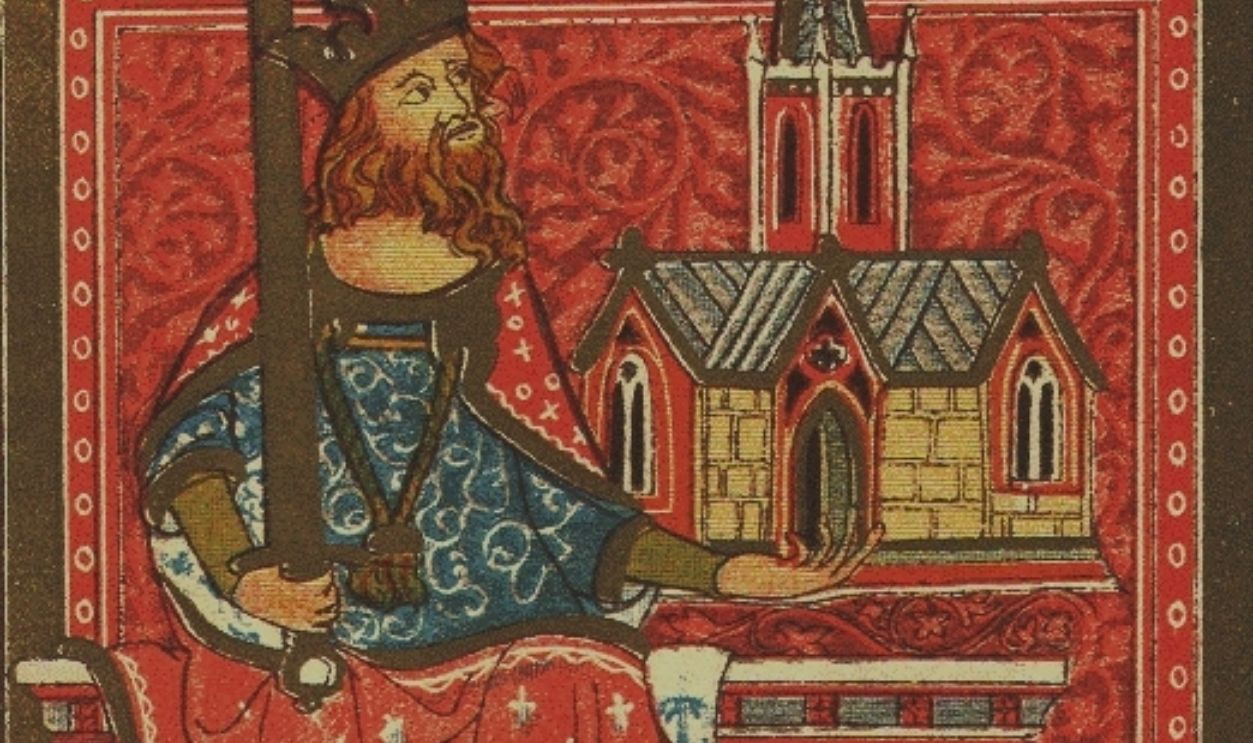 Unknown Author, Wikimedia Commons
Unknown Author, Wikimedia Commons
Wars With His Neighbors
The conflict arose because Coenwulf had provided asylum to Eardwulf's adversaries, which prompted Eardwulf to take action. Both monarchs assembled their armies, with Coenwulf securing additional support from neighboring provinces. After an extended campaign, peace was brokered through the mediation of bishops and noblemen from both sides.
And Diplomatic Relations
Beyond this military engagement, Eardwulf's interactions with Mercia, a dominant power in the region, highlight the complex political atmosphere of early 9th-century England. The eventual peace agreement suggests that, despite confrontations, diplomatic channels remained open and allowed for resolutions through negotiation and ecclesiastical intervention.
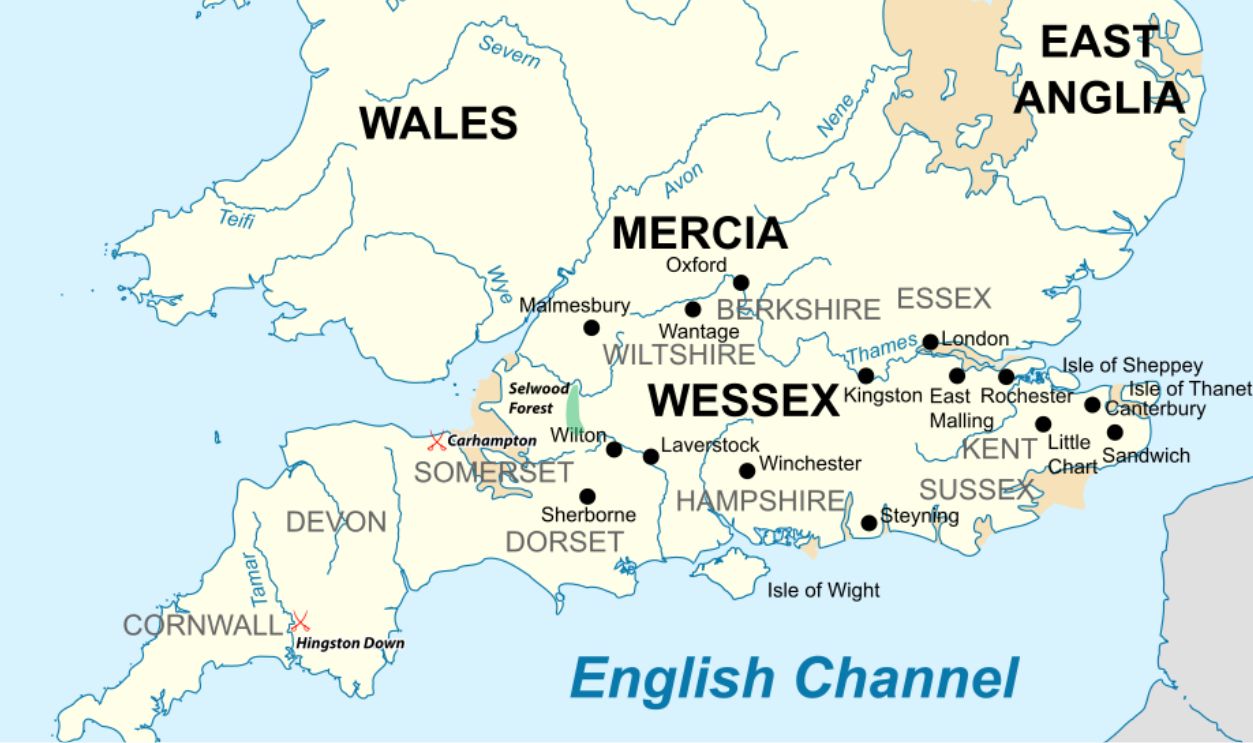 Philg88, CC BY 4.0, Wikimedia Commons
Philg88, CC BY 4.0, Wikimedia Commons
Cultural And Economic Policies
The specific economic policies implemented during King Eardwulf's reign are not well-documented. However, the period was marked by political instability, which likely impacted Northumbria's economic conditions. Despite these challenges, Northumbria had a rich tradition of artistic and literary contributions.
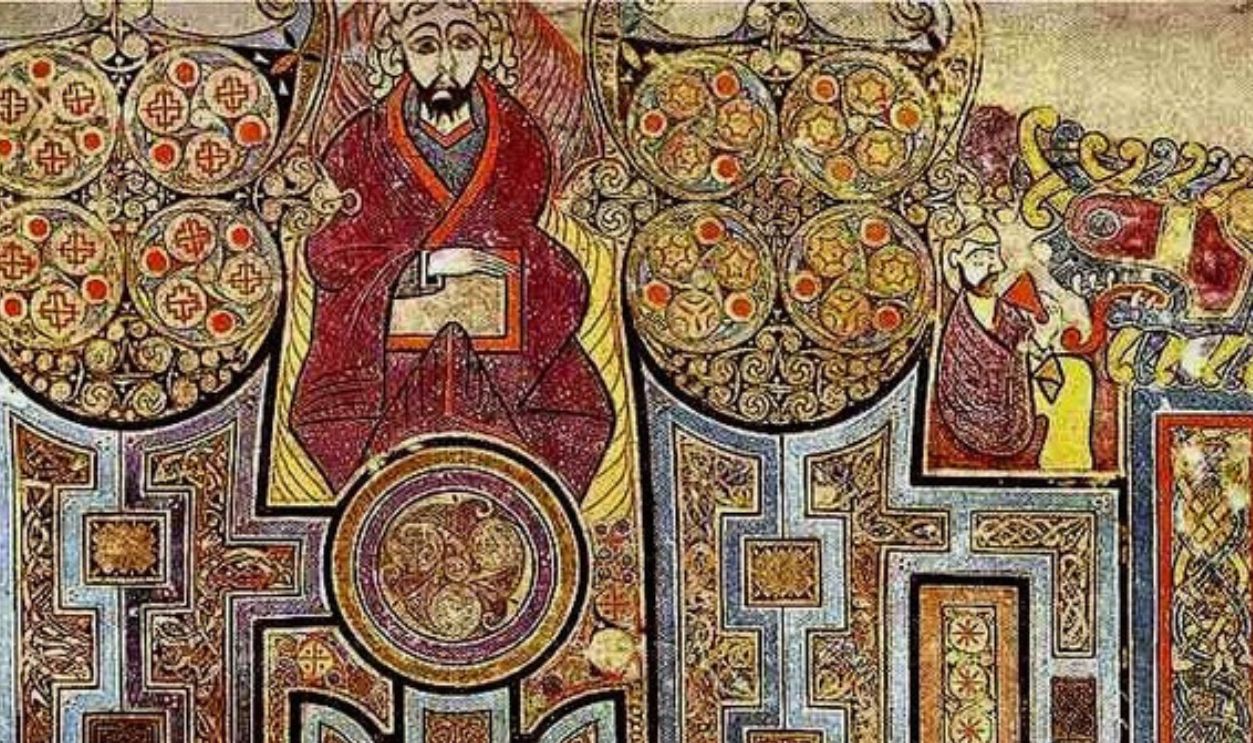 Unknown Author, Wikimedia Commons
Unknown Author, Wikimedia Commons
The Mysterious Deposition
In 806 AD, King Eardwulf was deposed and expelled from Northumbria. He was succeeded by Elfwald II. The specific circumstances and individuals involved in Eardwulf's overthrow are not well-documented, which led to various theories. One such theory suggests that internal political disputes among Northumbrian nobility contributed to his downfall.
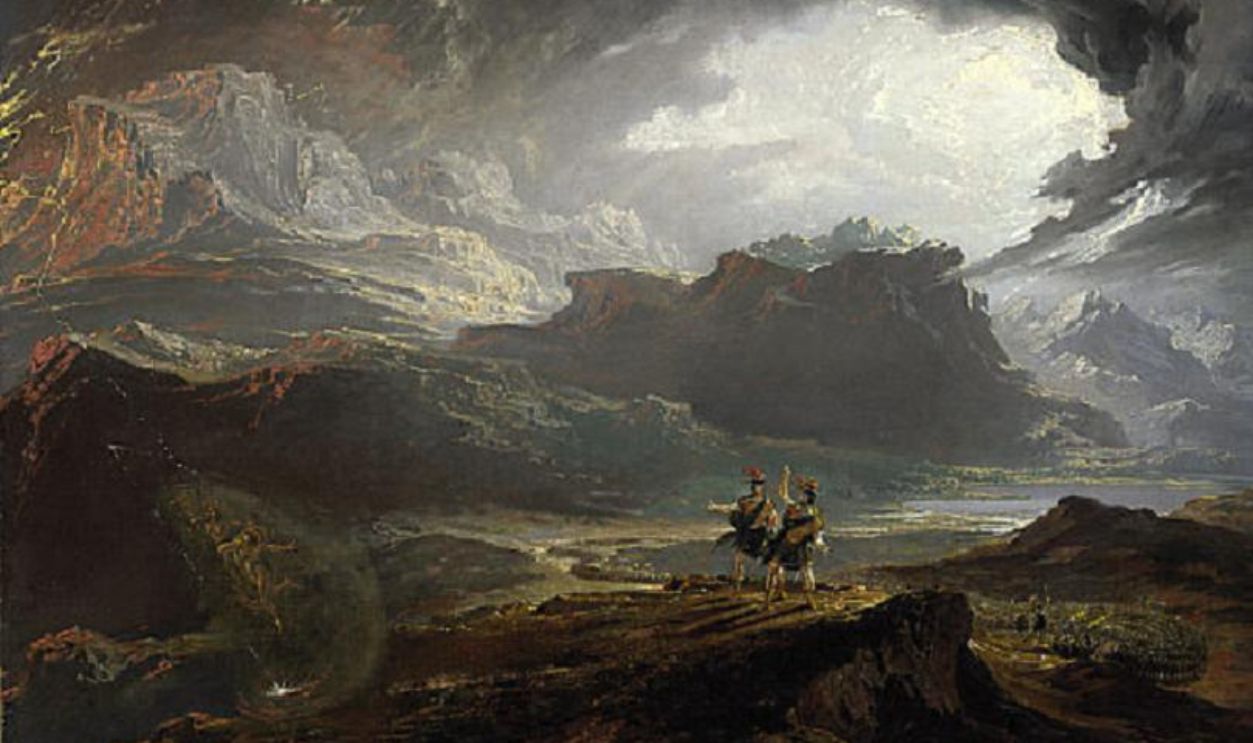 John Martin, Wikimedia Commons
John Martin, Wikimedia Commons
And A Disturbing Theory
Some historians have speculated about the possible involvement of Eardwulf's son in the coup, though concrete evidence is lacking. The limited historical records from this period leave room for interpretation, and the true reasons behind Eardwulf's deposition remain a subject of scholarly debate.
A Journey Across Europe
After his deposition, Eardwulf of Northumbria sought assistance to reclaim his throne. He traveled to the Carolingian court of Charlemagne, where he was received as an exiled king. Subsequently, Eardwulf visited Rome and appealed to Pope Leo III for support.
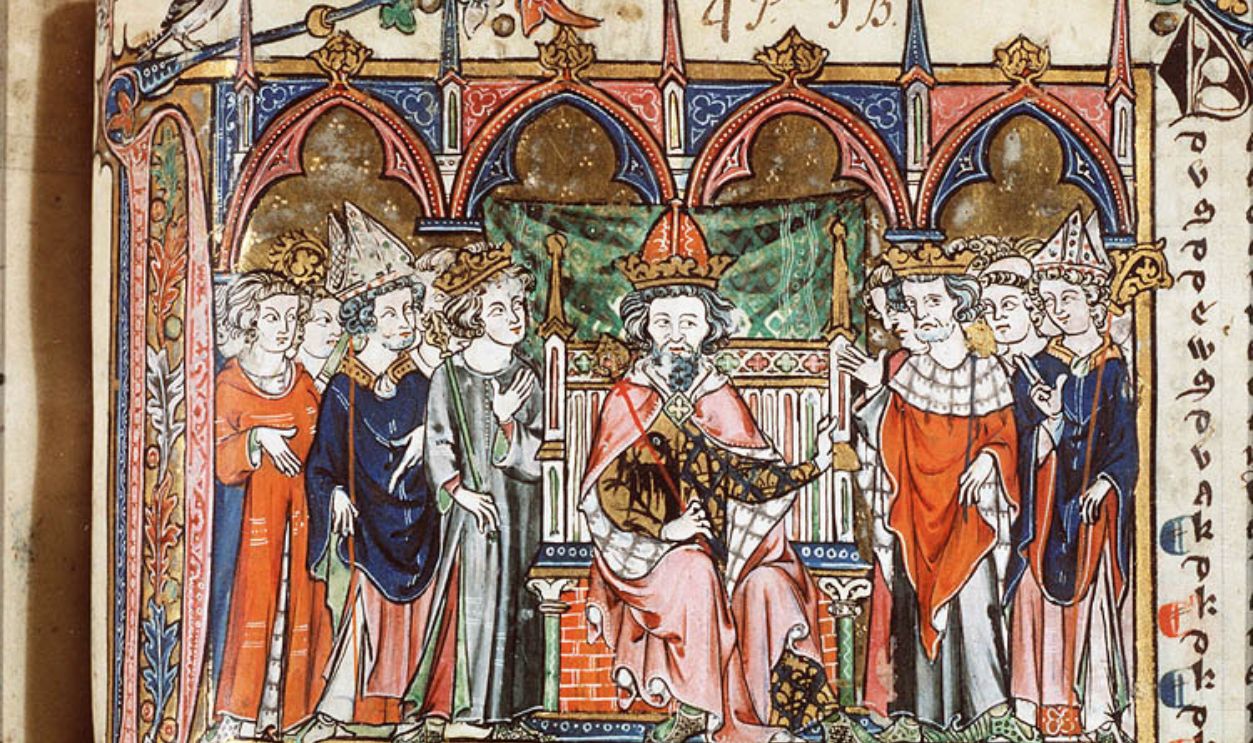 Jacob van Maerlant, Wikimedia Commons
Jacob van Maerlant, Wikimedia Commons
And Royal Support
A surviving letter from Leo III to Charlemagne confirms Eardwulf's presence in Rome and his stay at Charlemagne's court. These diplomatic efforts highlight the interconnectedness of European political and religious authorities during this period. Since not much evidence exists, the details of these incidents aren’t confirmed.
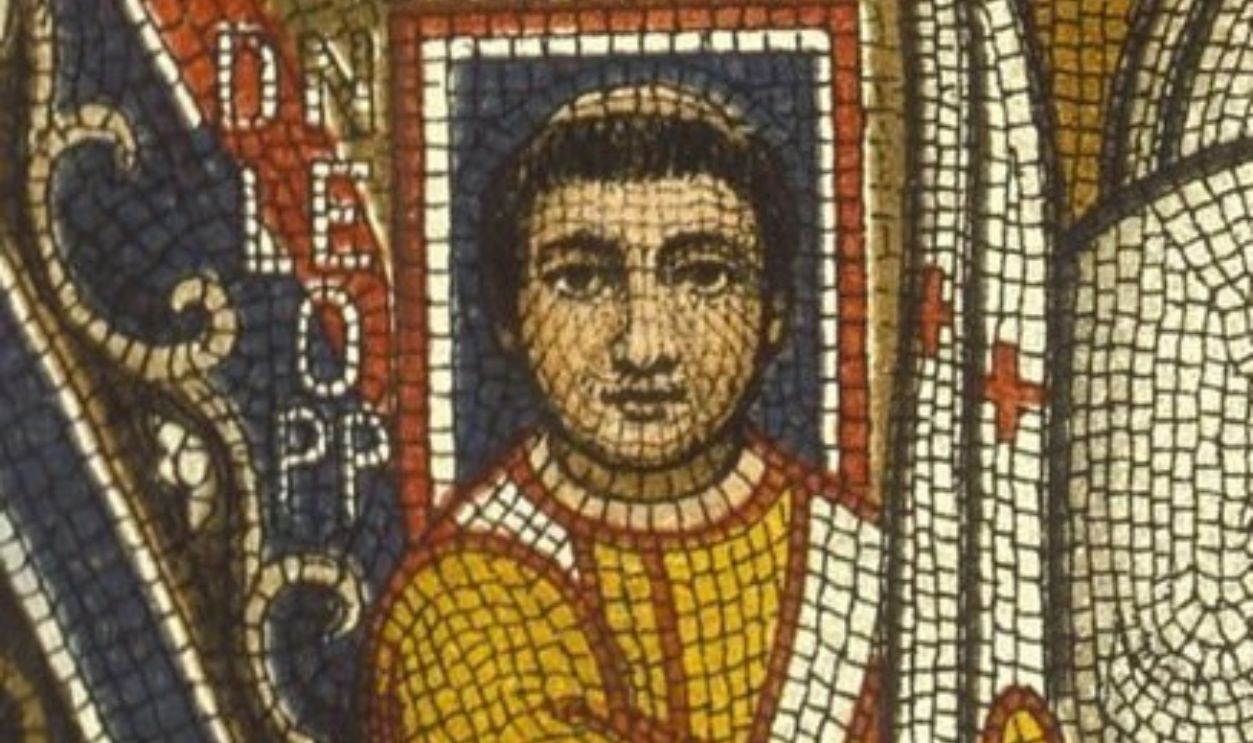 Ferdinando Fuga (1743), Wikimedia Commons
Ferdinando Fuga (1743), Wikimedia Commons
The Mysterious Return
Historical records suggest that Eardwulf was restored to the Northumbrian throne around 808 AD, possibly ruling jointly with his son, Eanred. However, the exact details of his restoration and the duration of his subsequent reign remain subjects of debate among historians.
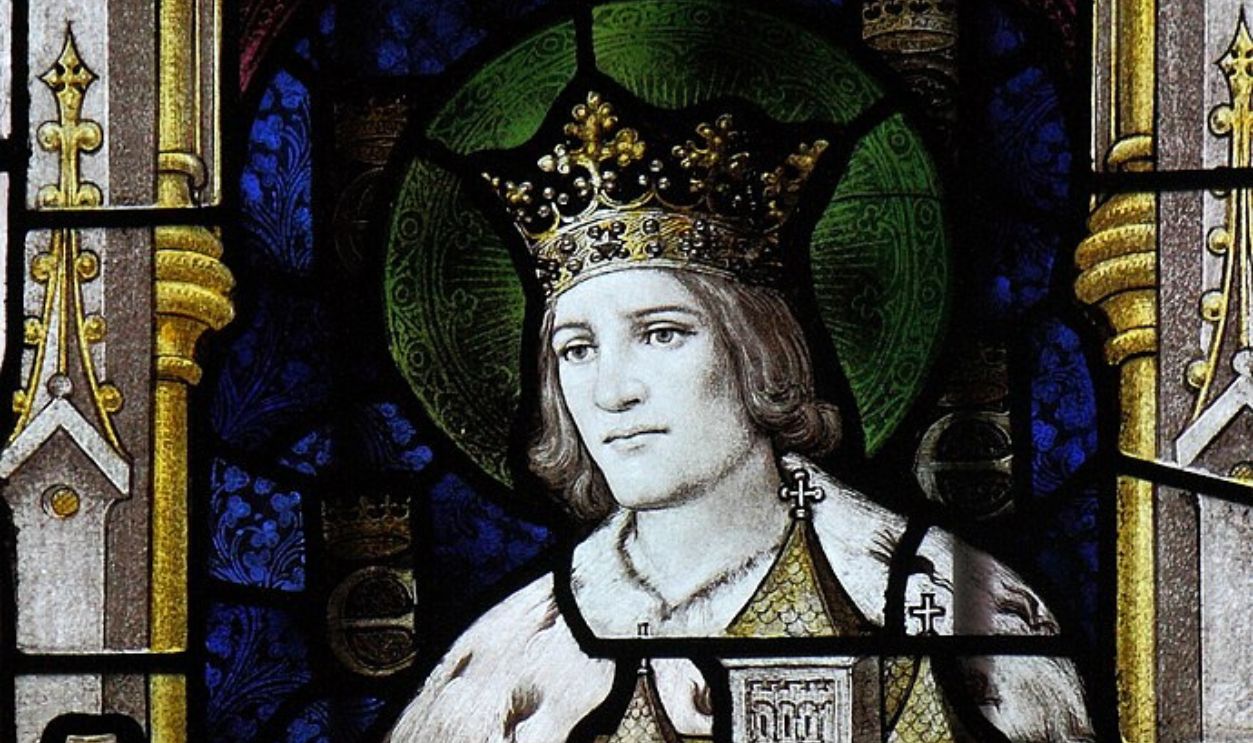 DaveWebster14, CC BY 2.0, Wikimedia Commons
DaveWebster14, CC BY 2.0, Wikimedia Commons
Second Rise
Numismatic evidence, such as coins minted by the moneyer Cuthheard, who produced coinage for both Eardwulf and Eanred, provides some support for the theory of a joint reign. Nevertheless, the scarcity of contemporary records leaves room for differing interpretations regarding the nature and extent of Eardwulf's return to power.
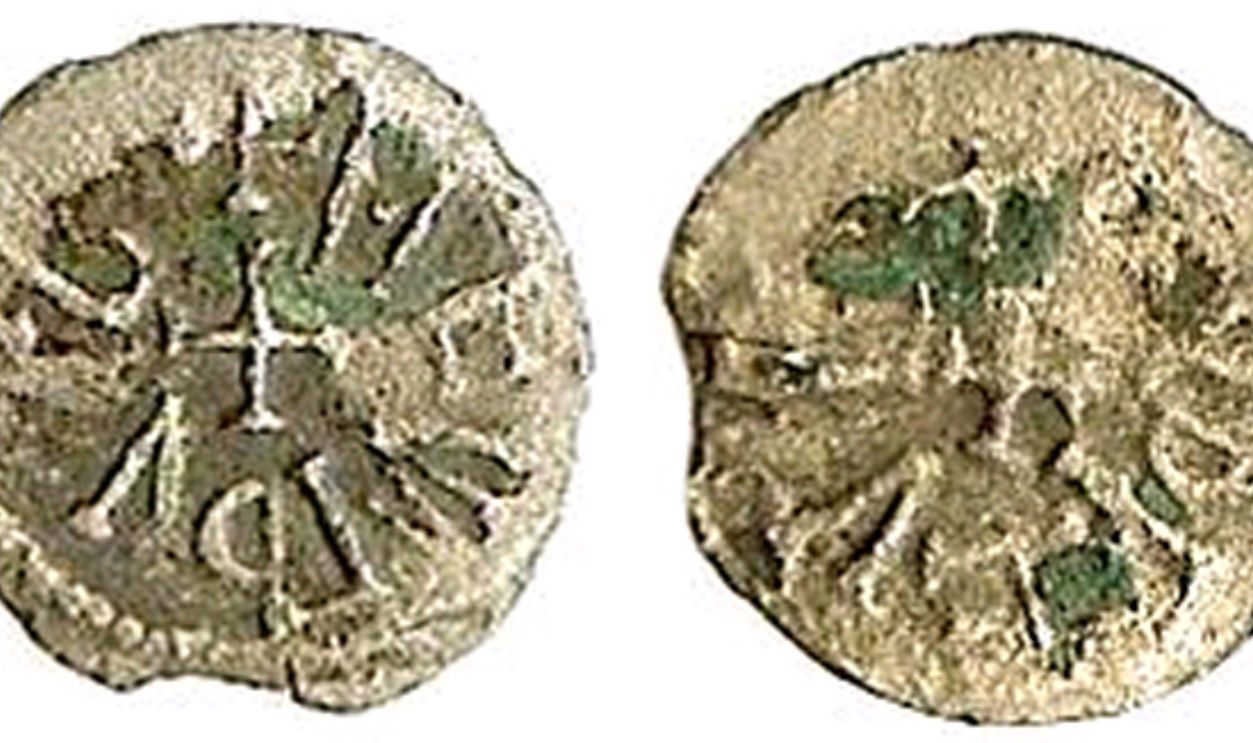 Unknown Author, Wikimedia Commons
Unknown Author, Wikimedia Commons
The Uncertainty Of Eardwulf's Second Reign
Thanks to the assistance of Charlemagne and Pope Leo III, Eardwulf restored his throne around 808 AD. Some sources suggest his rule may have continued until approximately 810 AD, while others propose it extended as late as 830 AD.
The Role Of Nobility And The Church In Eardwulf’s Fate
The political dynamics of Northumbria during Eardwulf's reign were complex, with noble factions and church authorities playing significant roles. Internal disputes among the nobility may have contributed to his downfall, and tensions with religious leaders could have further undermined his position and led to his exile.
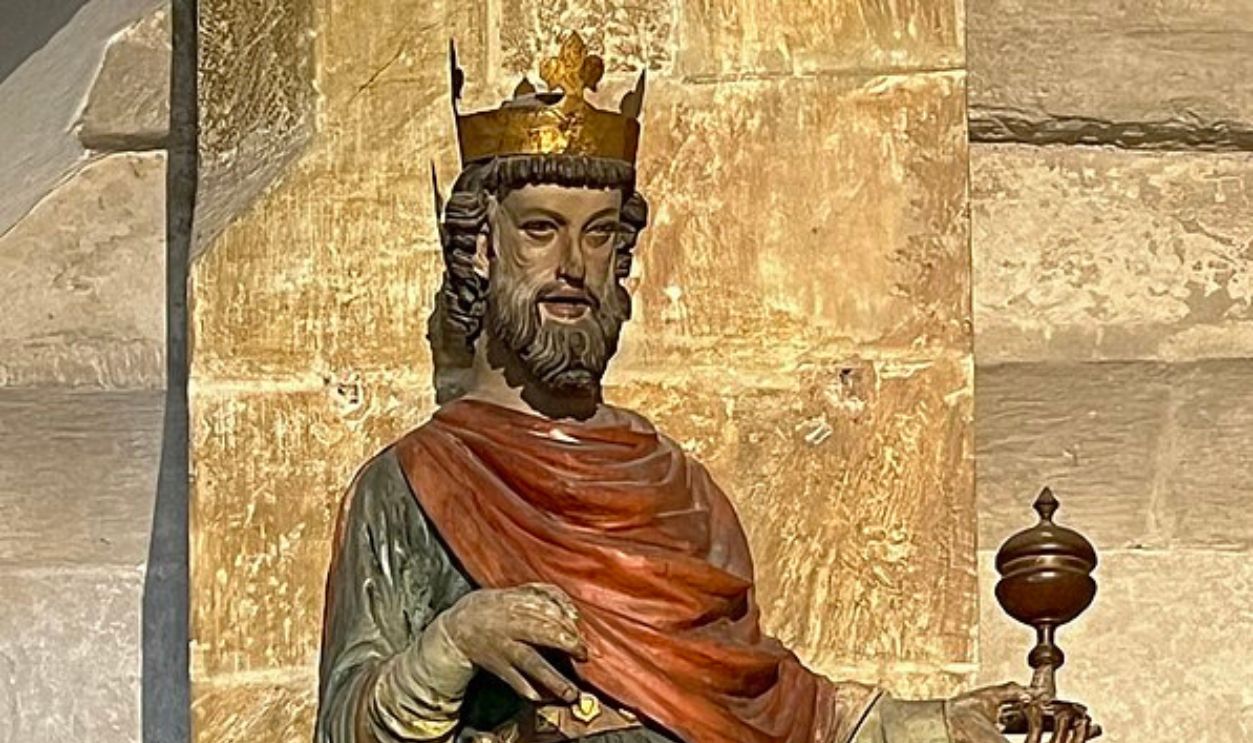 Burkhard Mücke, CC BY-SA 4.0, Wikimedia Commons
Burkhard Mücke, CC BY-SA 4.0, Wikimedia Commons
His Dynastic Legacy
Eardwulf's son, Eanred, succeeded him as King of Northumbria. Eanred's reign is noted for its length, though specific details about his rule are limited. The continuation of Eardwulf's lineage through Eanred contributed to the ongoing dynastic history of Northumbria during a period marked by political instability and frequent power shifts.
The Transformation Of Eardwulf Into St Hardulph
After his deposition in 806 AD, Eardwulf of Northumbria sought refuge in the Frankish Empire and later traveled to Rome. It’s clear that his efforts paid off but little is known about the details of his travels.
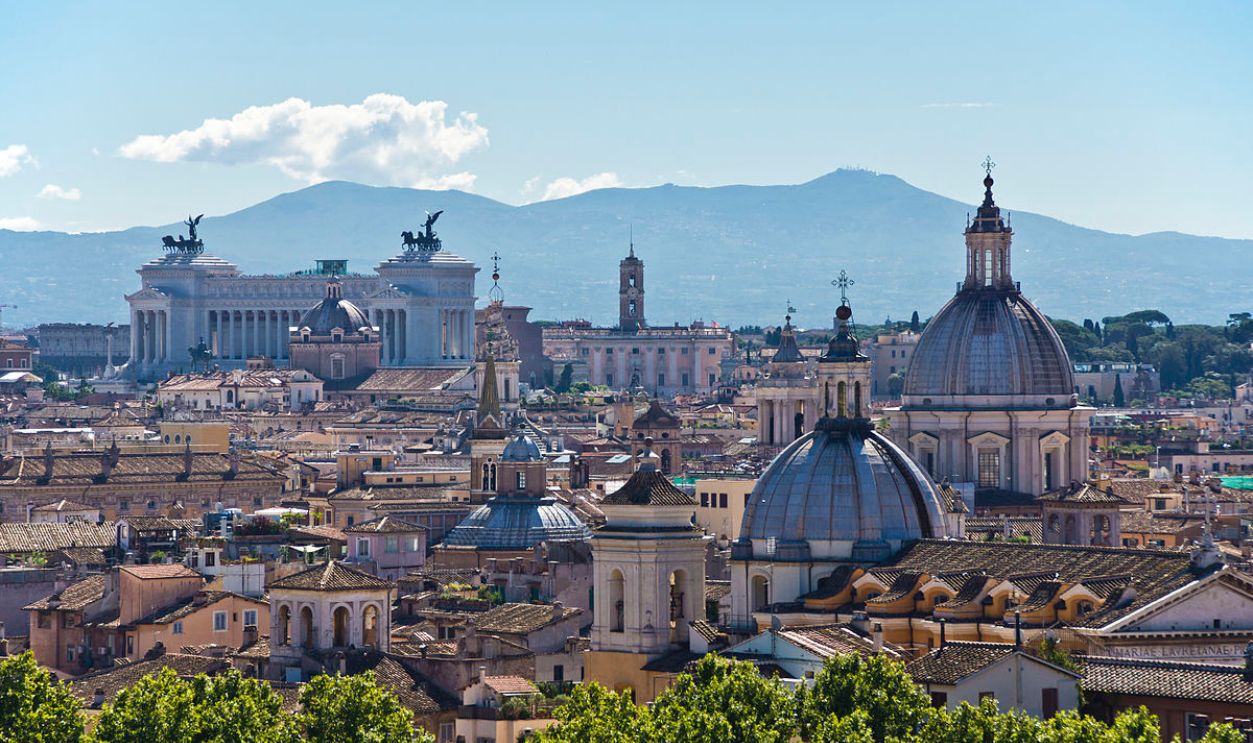 Bert Kaufmann, CC BY-SA 2.0, Wikimedia Commons
Bert Kaufmann, CC BY-SA 2.0, Wikimedia Commons
An Unknown Fate
The exact details of Eardwulf's death are not recorded. However, some historians suggest he was buried at the Mercian royal monastery of Breedon on the Hill, which is dedicated to Saint Mary and St Hardulph. This saint is also linked to Eardwulf in local tradition.
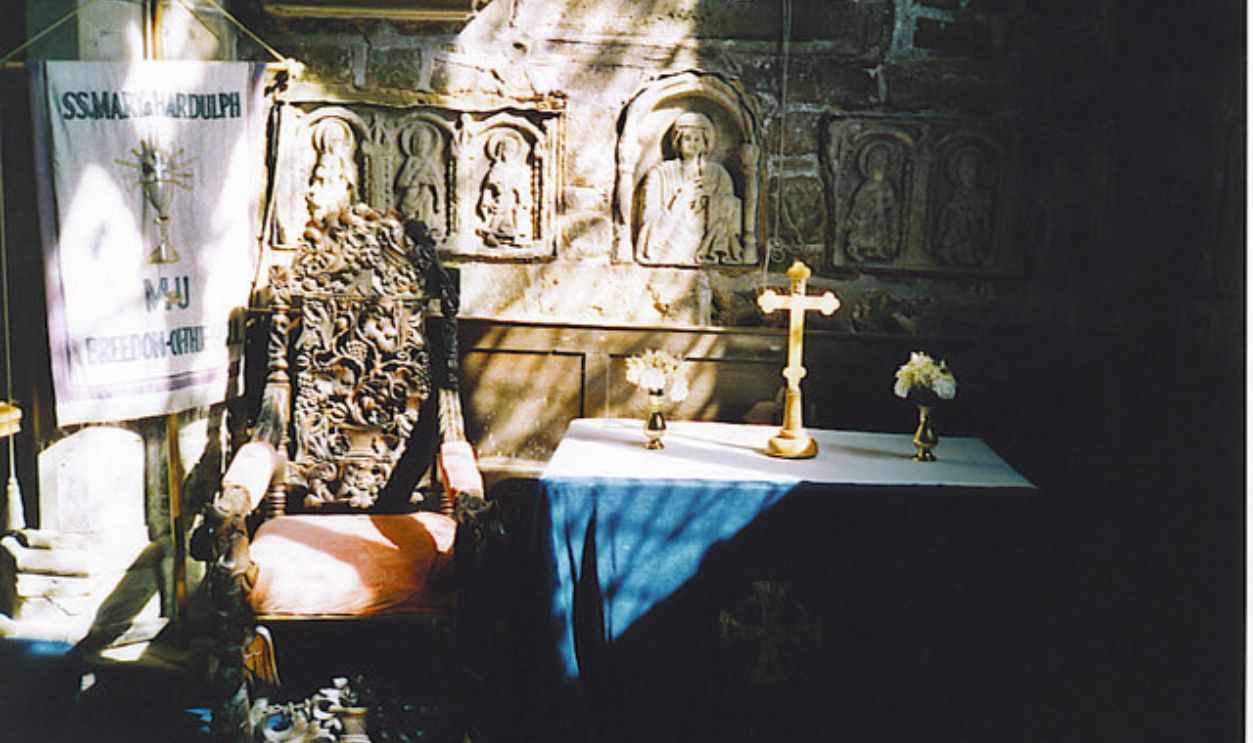 Colin Smith / Mercian Carvings, Breedon-on-the-Hill. / CC BY-SA 2.0, Wikimedia Commons
Colin Smith / Mercian Carvings, Breedon-on-the-Hill. / CC BY-SA 2.0, Wikimedia Commons
With An Interesting Suggestion
He is believed to have lived in a cave near the River Trent and was buried around 830 AD at Breedon on the Hill in Leicestershire, where a church is dedicated to St Hardulph. This information is based on a twelfth-century list of the burial places of saints.
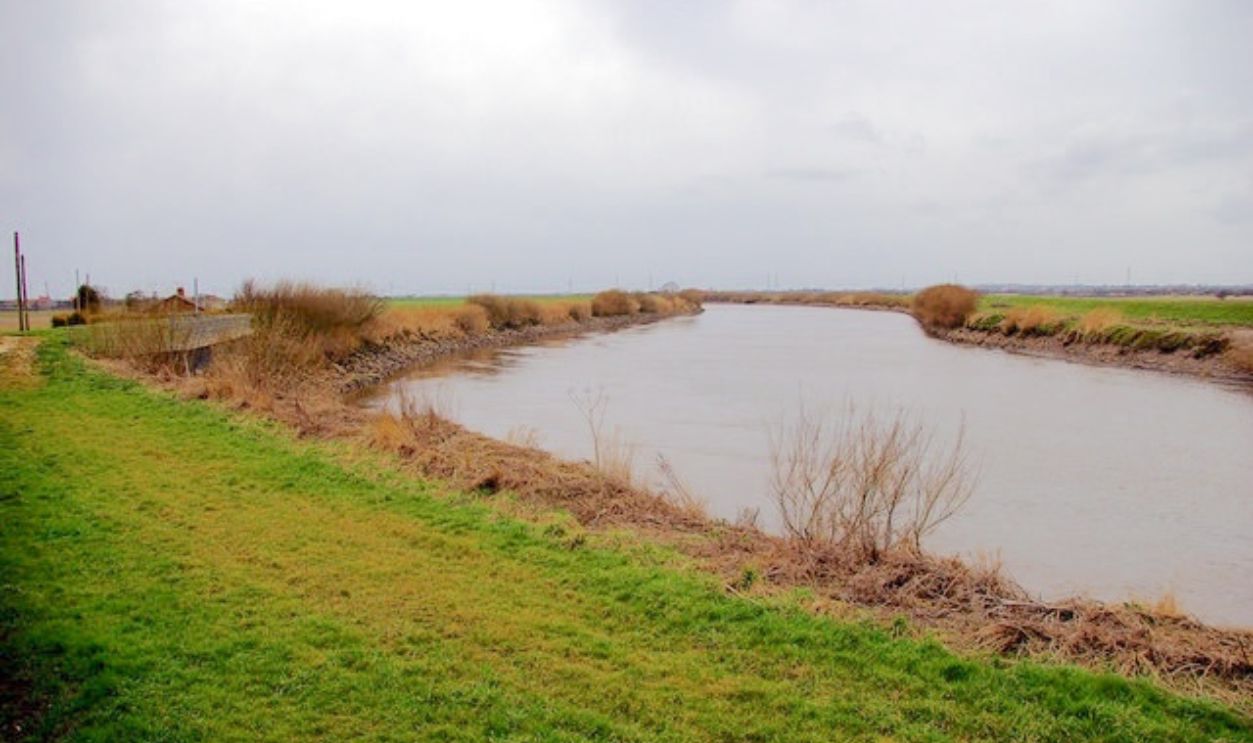 David Wright / River Trent / CC BY-SA 2.0, Wikimedia Commons
David Wright / River Trent / CC BY-SA 2.0, Wikimedia Commons
Many Uncertainties
Nevertheless, sources about Northumbria’s history were often written centuries later. As a result, details about his subsequent reign and eventual death remain scarce. Some scholars suggest that Eardwulf may have later adopted a hermetic lifestyle and became known as St Hardulph.
 Finn Bjorklid, Wikimedia Commons
Finn Bjorklid, Wikimedia Commons
A Mention Of Eardwulf’s Cave
A 16th-century document references a hermit named St Hardulph, who resided in a cave near the Trent. This aligns with the location of Anchor Church Caves near Ingleby, Derbyshire. Local legends have linked St Hardulph to the exiled King Eardwulf due to proximity to his purported burial site.
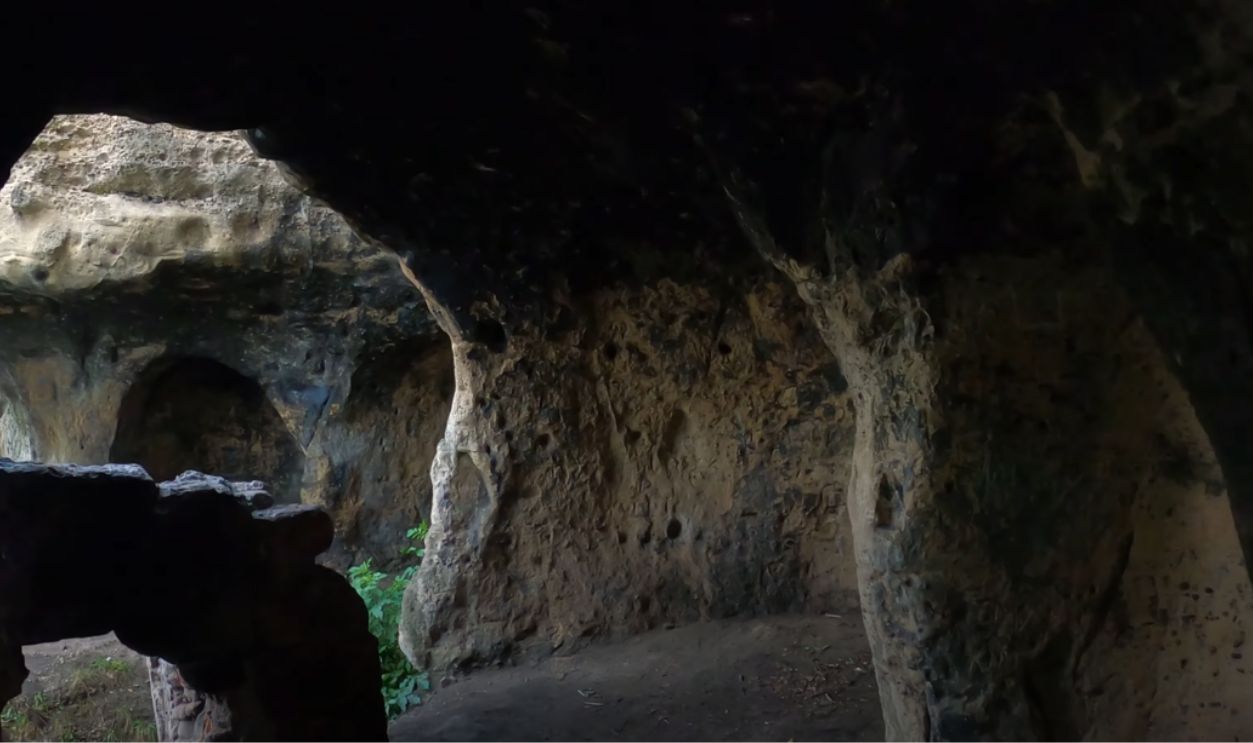 Anchor Church Caves - Ingleby Circular walk by MARK PAGE
Anchor Church Caves - Ingleby Circular walk by MARK PAGE
A Royal Hermit's Retreat
The caves, carved into Keuper Sandstone cliffs along the River Trent, were modified to serve as a dwelling with door and window openings. The secluded location provided a tranquil environment for contemplation and religious devotion, which aligns with the practices of hermits during that period.
 Metilsteiner, CC BY-SA 3.0, Wikimedia Commons
Metilsteiner, CC BY-SA 3.0, Wikimedia Commons
The Tradition Of Deposed Monarchs
In early medieval England, it was not uncommon for deposed monarchs to seek refuge in religious life. Embracing monasticism or hermetic living offered a means of sanctuary and a path to redemption. This tradition provided deposed rulers with protection from political adversaries.
Mapping The Ancient Cave Dwelling
Investigations by the Royal Agricultural University and Wessex Archaeology have identified architectural features consistent with early medieval design, which suggests an origin in the early 9th century. The layout includes a series of interconnected rooms and an oratory, indicative of a hermit's residence.
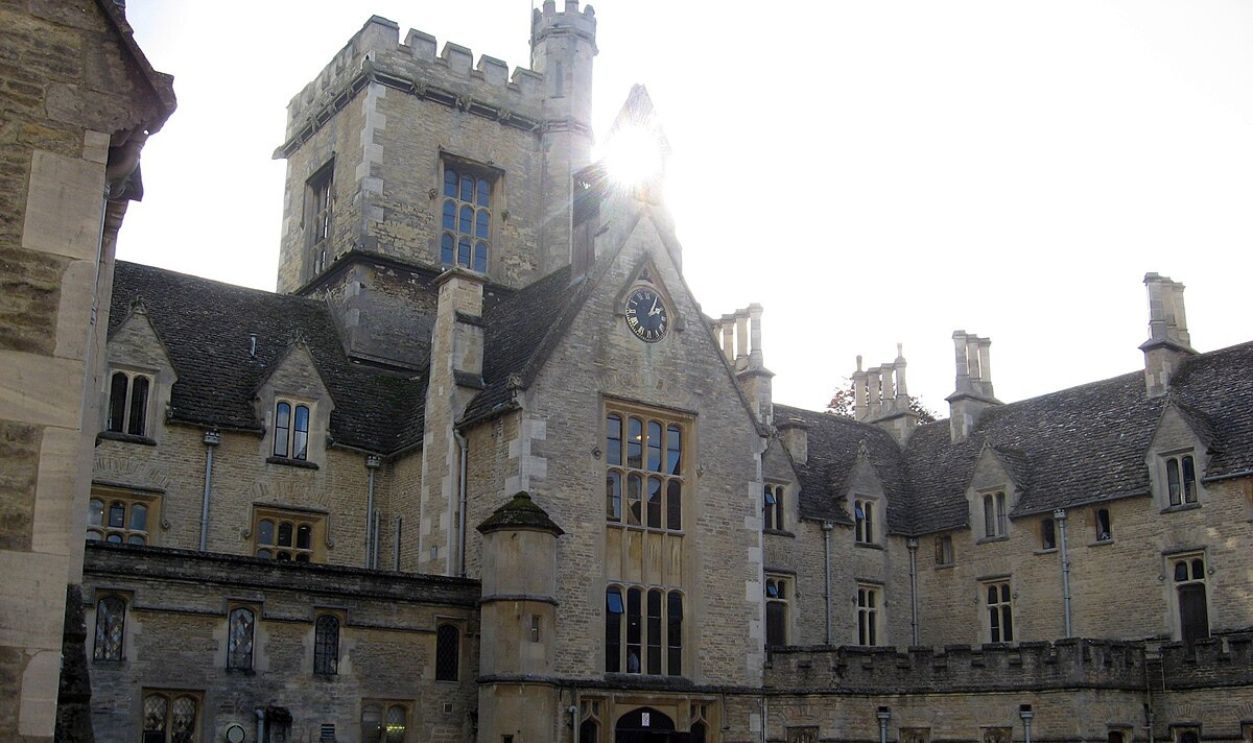 Jongleur100, Wikimedia Commons
Jongleur100, Wikimedia Commons
The Saxon Features Of The Cave
Additionally, a rock-cut pillar within the cave bears a striking similarity to one in the Saxon crypt at Repton Church, located nearby. These elements suggest that the caves were originally modified during the early medieval period, likely in the 9th century, to serve as a hermitage or dwelling.
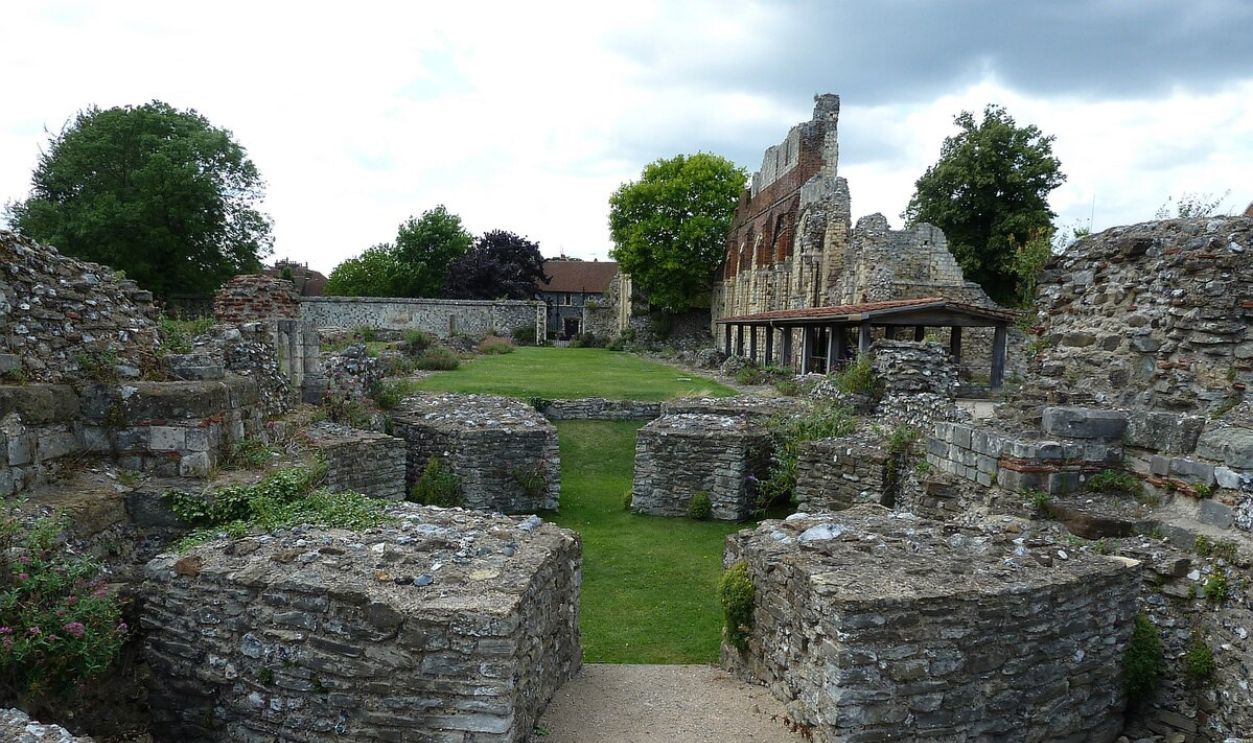 Rob Farrow, CC BY-SA 2.0, Wikimedia Commons
Rob Farrow, CC BY-SA 2.0, Wikimedia Commons
18th-Century Renovations
In the 18th century, Sir Robert Burdett, an English aristocrat, ordered significant renovations. He enlarged the cave entrances, added brickwork, and installed windows and changed the ancient hermitage into a fashionable venue for social gatherings. These modifications reflect the Georgian-era trend of repurposing natural and historical sites.
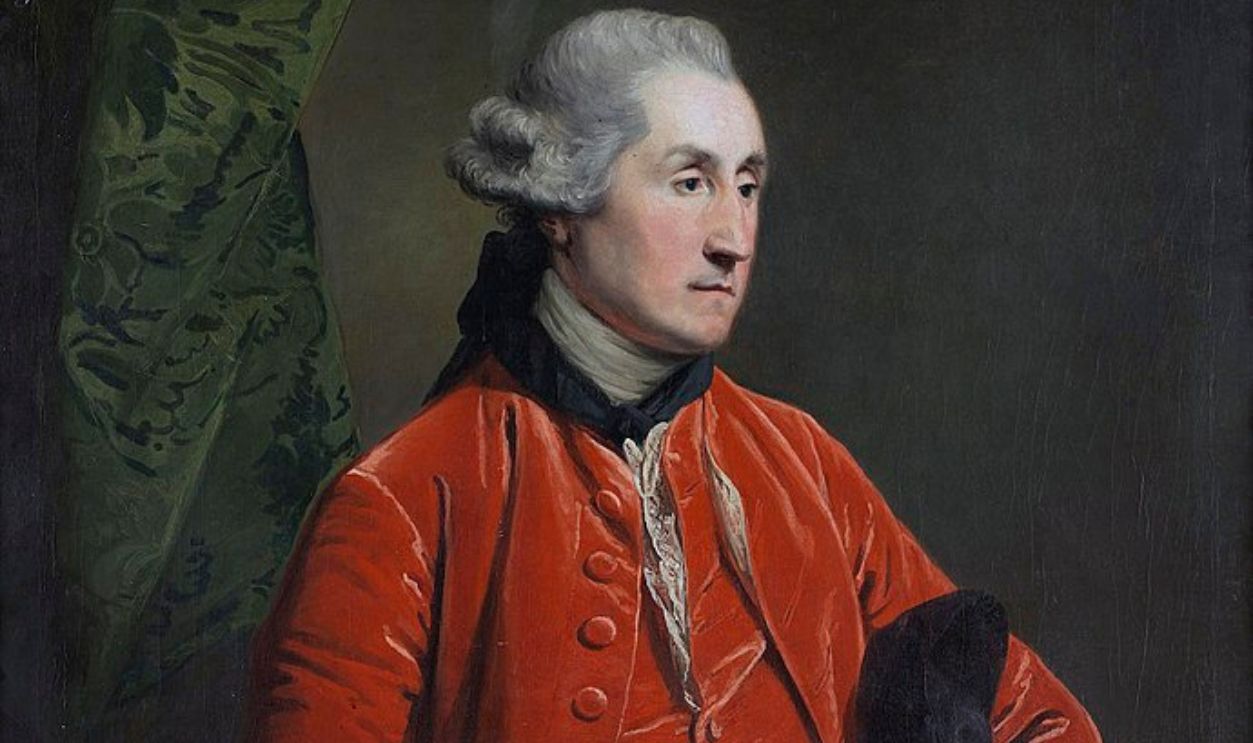 Francis Cotes, Wikimedia Commons
Francis Cotes, Wikimedia Commons
Are There More Cave Dwellings Out There?
Due to the perishable nature of building materials used during the Saxon period, such as wood and thatch, few above-ground structures have endured. Rock-cut dwellings, however, have a greater chance of preservation and offer rare insights into early medieval domestic life.
 Unknown Author, Wikimedia Commons
Unknown Author, Wikimedia Commons
Rediscovering Eardwulf
King Eardwulf's journey from monarch to exile and eventual sainthood is inspiring. His life reflects the tumultuous nature of early medieval England, where deposed rulers resorted to the church for protection. Modern archaeological findings continue to shed light on his dual legacy as a king and a saint.
Modern Day Church
Also known as the Breedon Priory, the Church of St Mary and St Hardulph stands where a 7th-century monastery once stood. It’s surrounded by the remains of an Iron Age fortress and is believed to be the final resting place of Eardwulf.
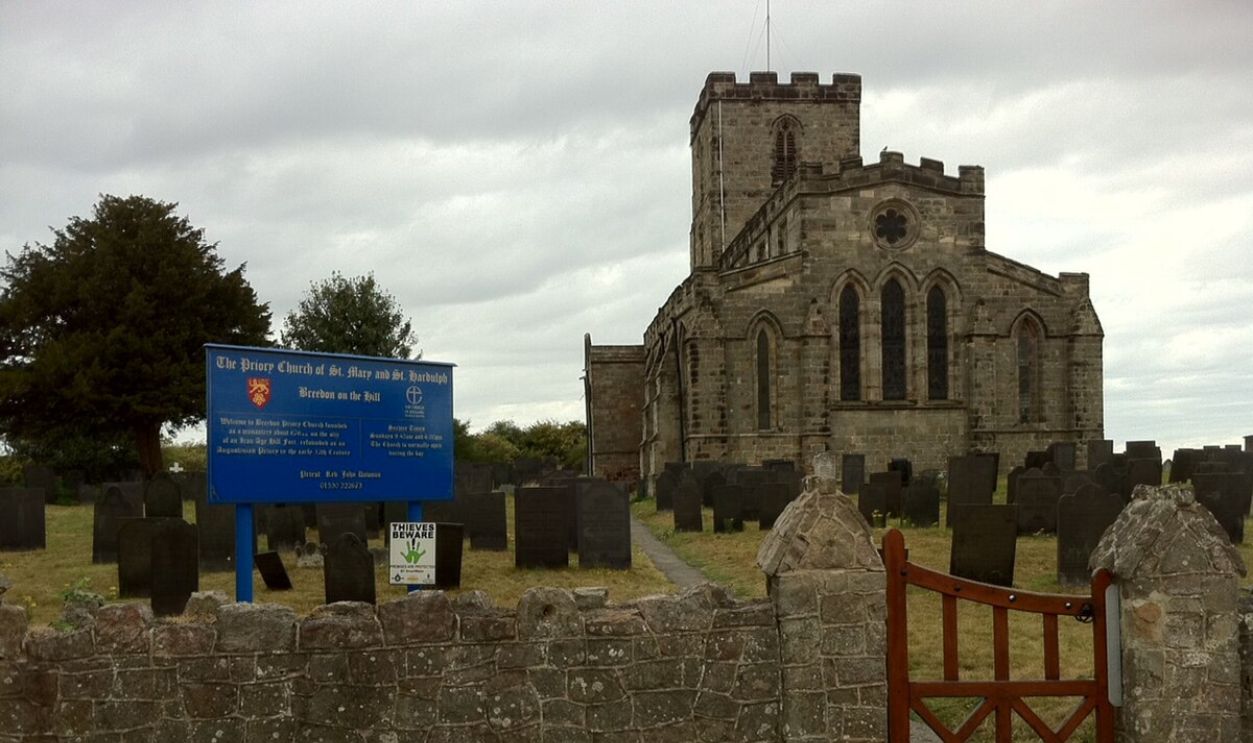 Andrew Abbott, CC BY-SA 2.0, Wikimedia Commons
Andrew Abbott, CC BY-SA 2.0, Wikimedia Commons
Will The Truth Be Revealed?
Other historians disagree with the 12th-century list and believe that the king is linked to another holy man, but not St Hardulph. They base their theory on the fact that Eardwulf planned the elimination of St Alkmund of nearby Derby, and it’s unlikely that he was in the monastery.
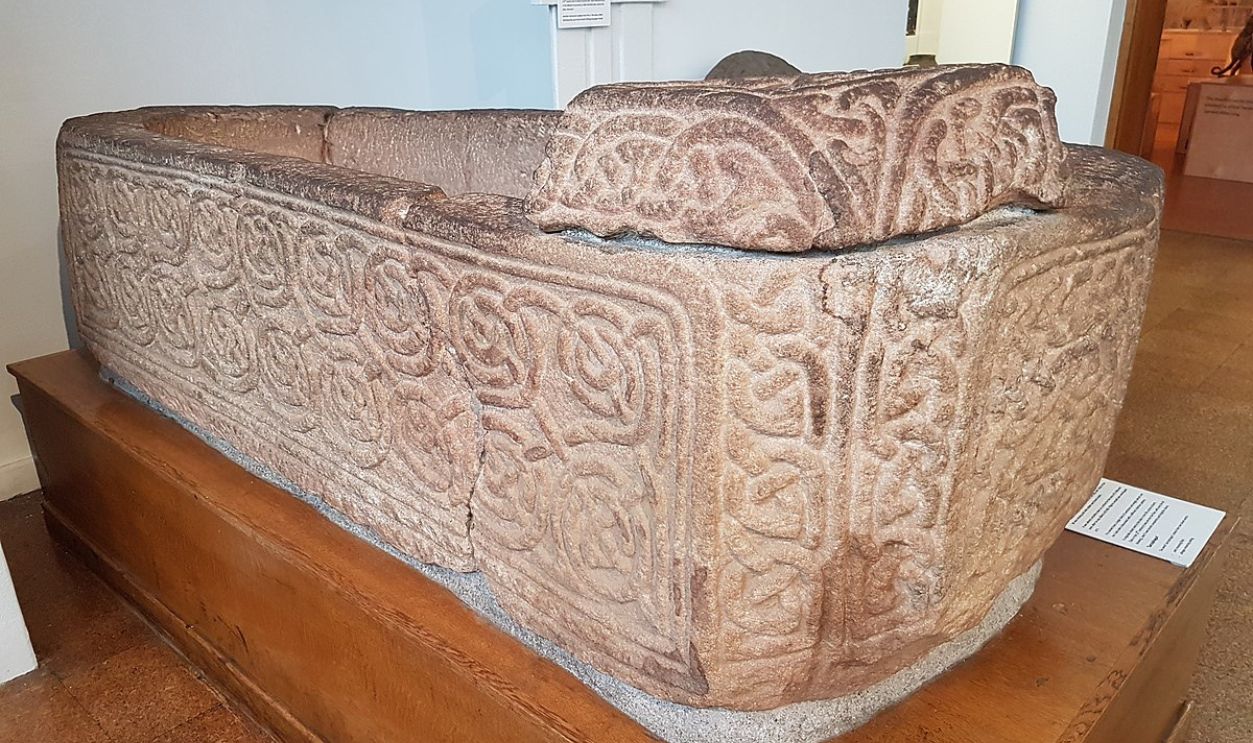 Kelly, CC BY-SA 3.0, Wikimedia Commons
Kelly, CC BY-SA 3.0, Wikimedia Commons
In These Forgotten Caves
Edmund Simons believes that the nearby caves can shed light on a mysterious phase in history. Because a few documents survived from this era, archaeologists are carefully examining every corner and artifact to learn more about the mighty kings who shaped early Europe.


